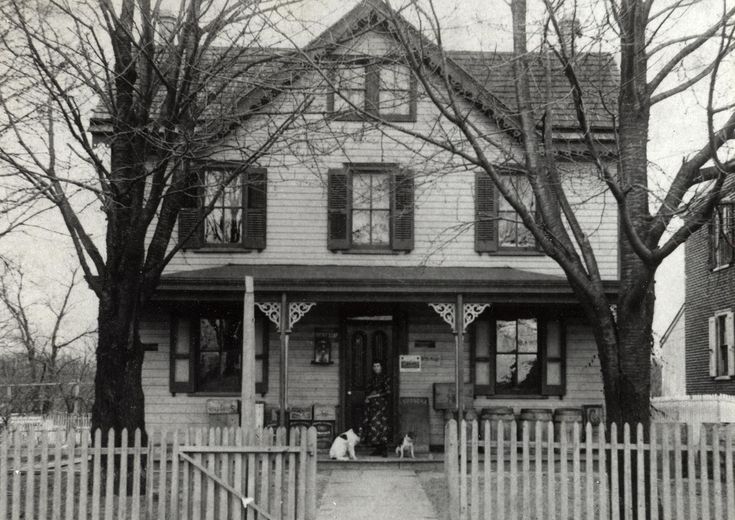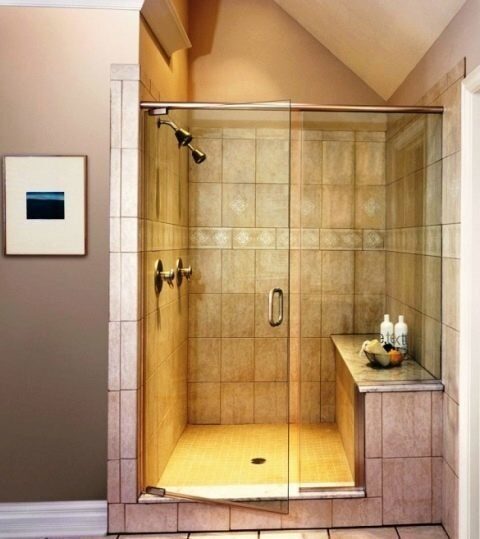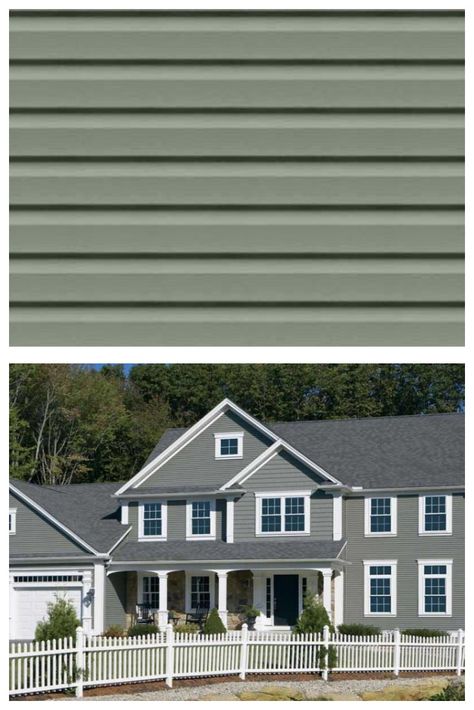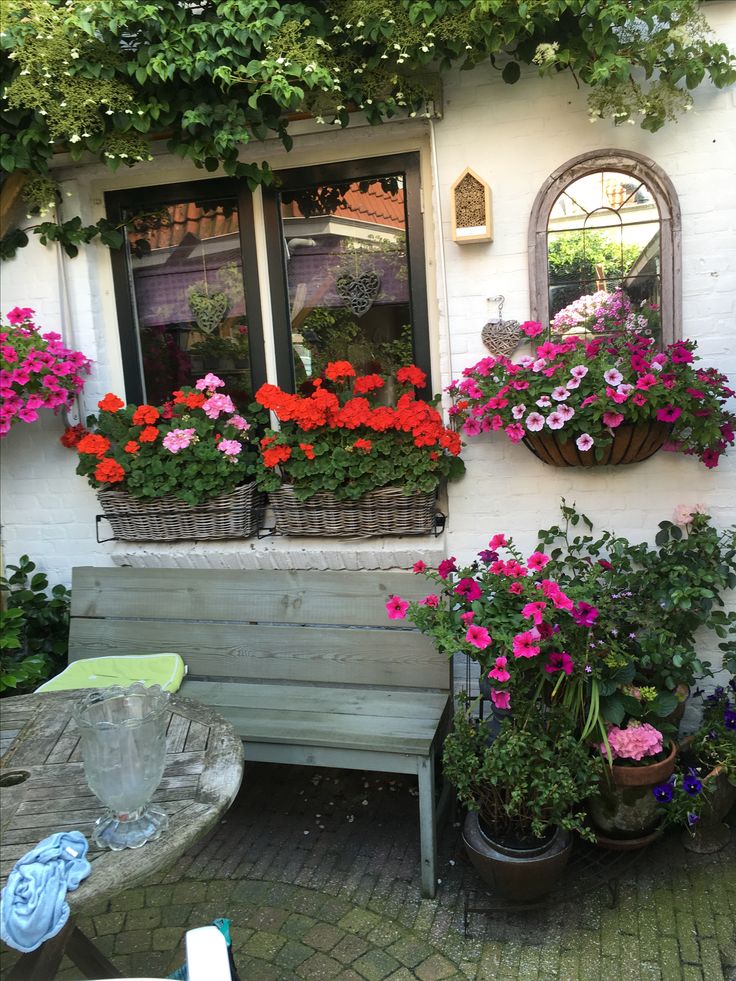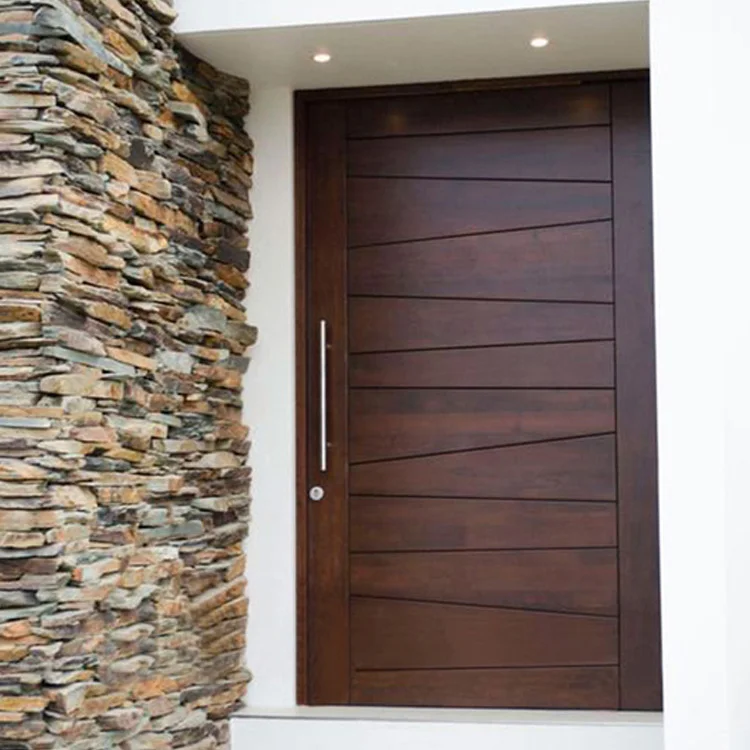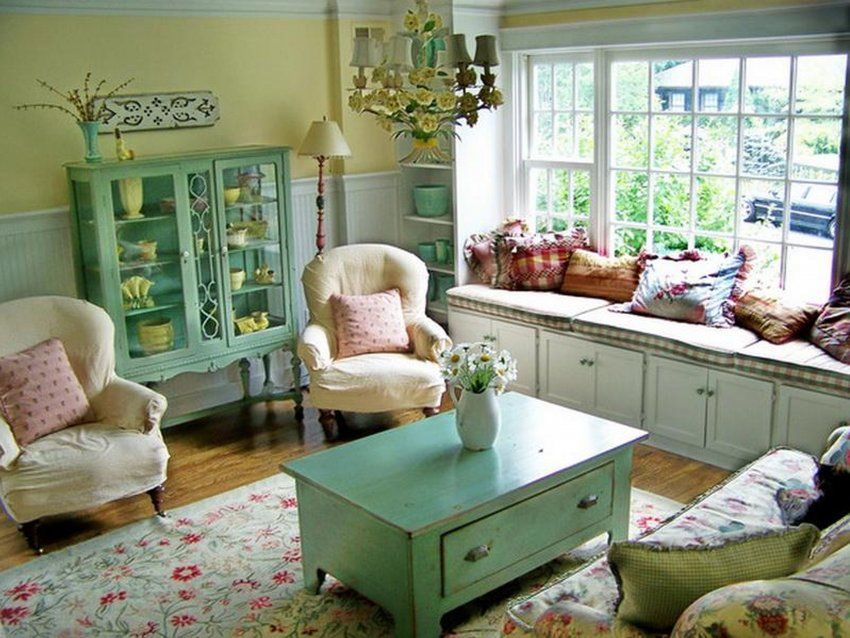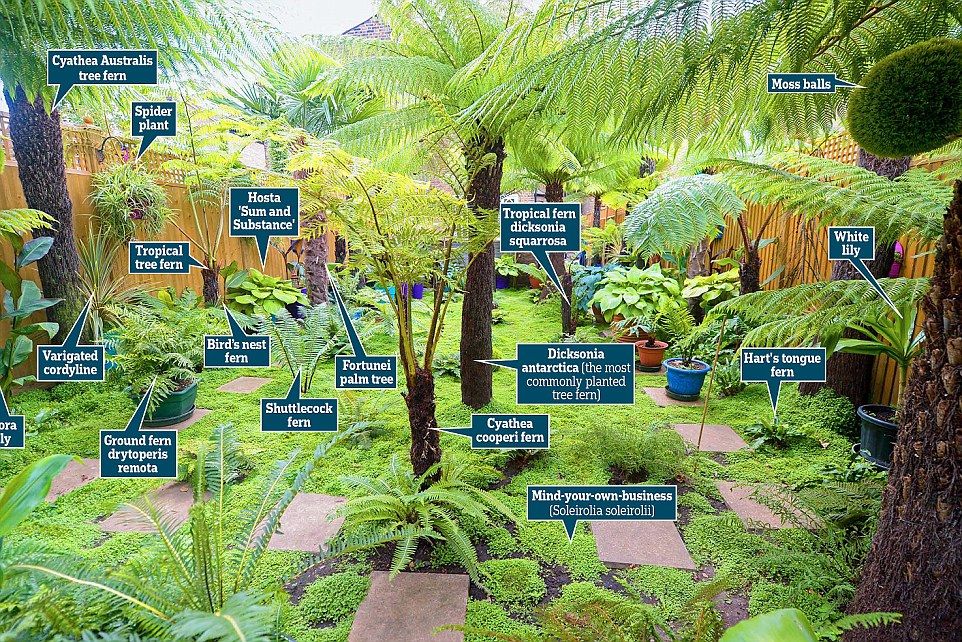1900S house styles
Early 20th-Century Suburban House Styles
Tudors and Colonials were among the idealized styles of the first half of the 20th century.
- Author:
- Old House Journal
- Publish Date:
- Updated Jun 17, 2021
In the time between the two great wars, the last vestiges of Victoriana had receded, and the Arts & Crafts movement had waned. A Colonial Revival wave that began in 1876 was now entrenched, but colonial-style houses had competition from nostalgic European styles—Tudor and Cotswold, Spanish and Italian—bolstered by the memories of returning servicemen. In housing booms before and after the Depression, whole tracts went up, and a stucco-faced Mediterranean villa might be just down the street from an academic Georgian, with a builder’s semi-bungalow around the corner.
Bungalow
The heyday of the Craftsman bungalow was over by the end of the first war, but bungalows continued to fill kit-house catalogs and plan books throughout the 1920s. Some stayed true to bungalow lines, but most were semi-bungalows with a large dormer and partial second story. A few were even pedimented or colonnaded Colonial bungalows!
Colonial Revival
Neo-colonial houses were popular in most of the country, and in many areas, this was the most popular style by far. Some examples were a freewheeling mix of elements adapted from colonial, Federal, and Greek Revival homes, while others were more academically correct. Elements that betray their 20th-century lineage include dormers, sunrooms, and (later) garages.
Dutch Colonial
Essentially a new suburban style, Dutch Colonials were recognizable by a distinctive gambrel roof, which had become associated with rare Dutch or Flemish originals in New York and New Jersey.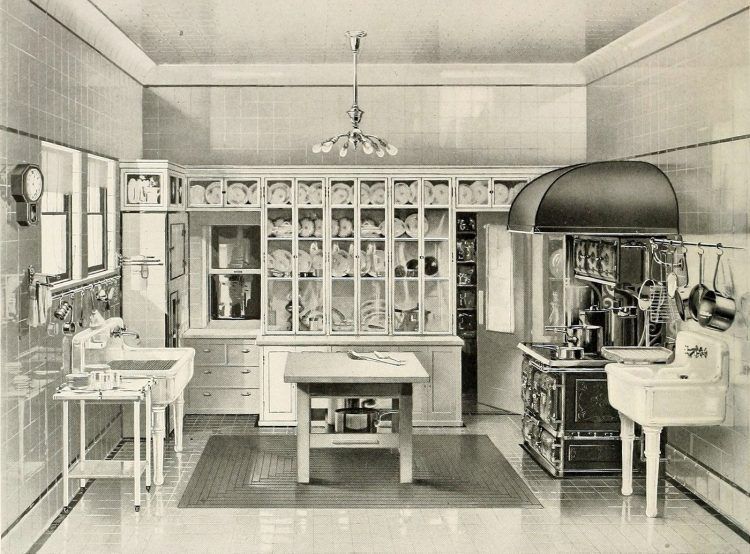 The gambrel might be on the side elevation (as illustrated above) or facing the street. Long dormers allowed ample headroom for the second story.
The gambrel might be on the side elevation (as illustrated above) or facing the street. Long dormers allowed ample headroom for the second story.
American Foursquare
These cubic houses are strongly identified with the period: They have lots of interior space in an efficient, affordable envelope. Earlier examples had Craftsman or Prairie School leanings, but most built after the mid-1920s were Free Classic houses, with round columns and turned balusters, six-over-one sash, sometimes even a Palladian window.
Tudor Revival
Whether you see the appeal as an Anglophile reaction to increased immigration, or as a fond nod to our greatest ally, Tudor style—with a vertical emphasis, steep roofs, casement windows, and decorative half-timbering—was immensely popular for both small suburban homes and wealthy stockbroker enclaves.
Mediterranean
Some houses in certain areas may be pinned down as Italian Renaissance villas or Spanish Colonials. Throughout the country, others are better called Mediterranean, as their builders used a picturesque mix of French, Spanish, and Italian architectural elements. Look for stucco and a red tile roof, arcades and arched niches, courtyards and balconies.
Look for stucco and a red tile roof, arcades and arched niches, courtyards and balconies.
Tags: | Illustrations by Rob Leanna bungalow colonial revival Mediterranean OHJ October 2013 Old-House Journal Patricia Poore Tudor
The Most Popular House Styles Through the Decades
A Walk Through America’s Housing History
1/16
Housing trends evolve, decade by decade, with some styles influencing future construction and other forms left in the past. Economic and technological surges and depressions have a powerful effect on how residential architecture develops, changing what each generation considers necessary in a home. Simply walking down the street in your neighborhood can be an opportunity to view trends from the past century, and some older cities even have functional homes dating back to the the founding of our country. Start your exploration right here, by clicking through the past to understand its influence on the present and future of housing in America.
istockphoto.com
Colonial
2/16
Colonial style architecture dates back to the 1600s, but can still be seen today, especially on the east coast and in the southern states. This traditional look features symmetrical design and evenly spaced windows. Dormers—windows that project vertically through a sloping roof—are also symmetrical and typically have wooden shutters. Symmetrically placed columns are common, and chimneys remain a hallmark of colonial style homes, even those built in the last decade. Colonial homes may also include diverse international touches, including such styles as German colonial, Dutch colonial, Spanish colonial, and French colonial.
Related: 13 Homes from the Original Colonies that Still Stand Today
istockphoto.com
Neoclassicism
3/16
Between 1780 and 1860, America saw a surge in Neoclassic architecture, which sought to reflect ancient Greek and Roman ideals of civilization and democracy.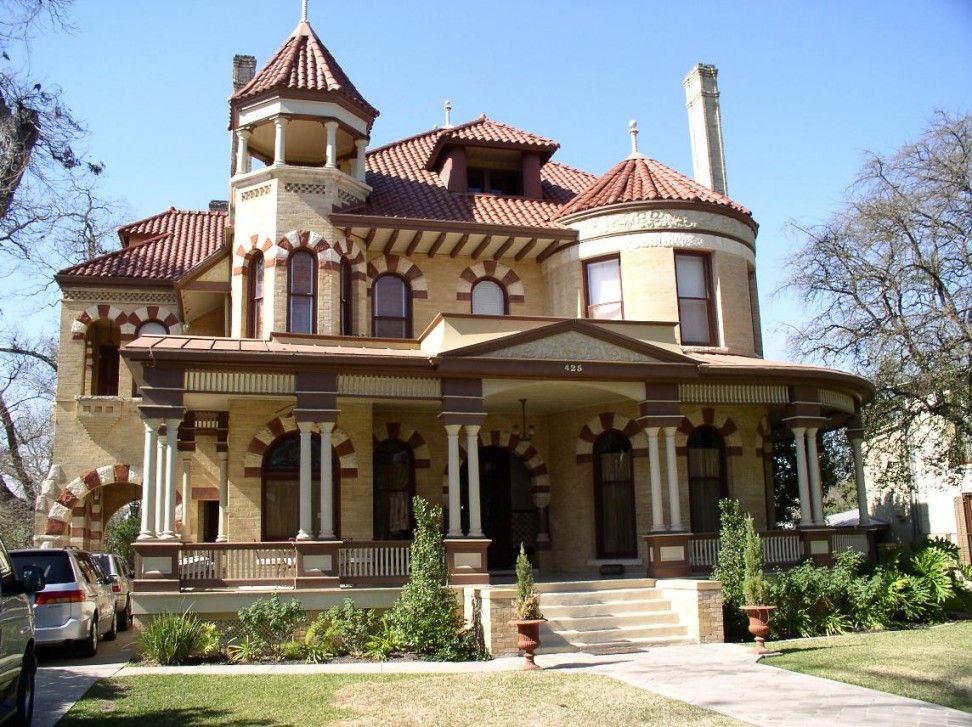 Such a style clearly suited a new age of spirit and innovation after the American Revolution. Though known in Britain as Georgian or Adams, newly independent Americans dubbed the style Federal. Order and symmetry were prominent, and a rectangular shape, a central front door, and between five and 10 symmetrically placed front windows prevailed in much of the urban architecture of the period, from government buildings to houses and shops.
Such a style clearly suited a new age of spirit and innovation after the American Revolution. Though known in Britain as Georgian or Adams, newly independent Americans dubbed the style Federal. Order and symmetry were prominent, and a rectangular shape, a central front door, and between five and 10 symmetrically placed front windows prevailed in much of the urban architecture of the period, from government buildings to houses and shops.
Related: Home Alone: 10 Beautiful Homes in the Middle of Nowhere
istockphoto.com
Advertisement
Victorian
4/16
The 1840s to the 1900s saw a housing style named for the noteworthy reign of Britain’s Queen Victoria from 1837 to 1901. After the Civil War, munitions factories were converted to prefabrication shops for metal house parts and machinery, while railway transportation, prefabrication, and forced air heating revolutionized architecture. One result was asymmetrical house shapes that didn’t rely on a central stove or fireplace for heat. Gables, turrets, wraparound porches, and bay windows were pieced together like a beautiful puzzle that celebrated a distinctive step towards the future.
Gables, turrets, wraparound porches, and bay windows were pieced together like a beautiful puzzle that celebrated a distinctive step towards the future.
istockphoto.com
American Craftsman
5/16
Craftsman homes became popular in the early 1900s due to a societal shift away from ornate Victorian-style homes. People wanted something more simple and natural that allowed them to retreat from the industrial age. Built with such materials as wood, stone, and brick, Craftsman homes normally feature low-pitched roofs and wide front porches, with exposed beams in interiors. Built-in lighting and furniture afforded an economic use of space and an open floor plan. Fireplaces returned to the home with force, generally becoming a main focal point in the living room and having a large exterior chimney.
istockphoto.com
Gilded Age
6/16
While some sought simplicity with the Craftsman style, the Gilded Age mansions built between 1880 to 1930 were a celebration of industrialist wealth.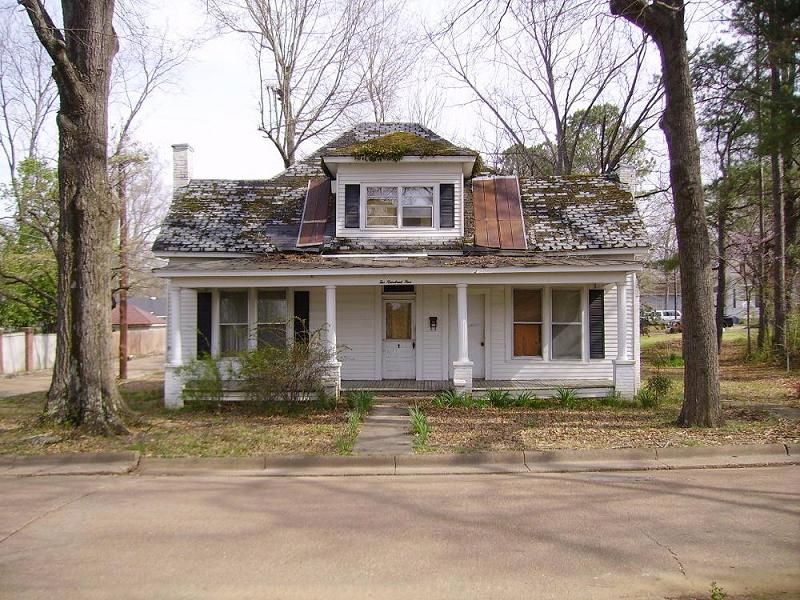 The very rich saw themselves as the royalty of America, spending large sums for palatial estates such as the Biltmore House. The preposterous palaces boasted many rooms, each designated for a specific activity, including ballrooms, libraries, and ornate entry halls, all done to the hilt with elaborate furniture and imported artwork. These temples to the titans of industry fell out of favor during the Great Depression.
The very rich saw themselves as the royalty of America, spending large sums for palatial estates such as the Biltmore House. The preposterous palaces boasted many rooms, each designated for a specific activity, including ballrooms, libraries, and ornate entry halls, all done to the hilt with elaborate furniture and imported artwork. These temples to the titans of industry fell out of favor during the Great Depression.
Related: The 19 Most Photographed Homes in America
istockphoto.com
Advertisement
Bungalow
7/16
Between 1900 and 1930, simple single-story bungalows became prominent for the average American. The style took several different forms, including a small, conservative design intended to mimic huts in parts of India at the time. Other forms of the bungalow rejected the conservative layout, and took on stylistic traits from two-story Craftsman, Spanish Revival, and Colonial Revival homes. These larger bungalows remain a favorite today.
istockphoto.com
Minimal Traditional
8/16
In the 1930s, as the Great Depression took hold, housing tastes turned toward minimalist design and inexpensive construction. Minimal Traditional homes feature straightforward architecture designed to be as functional as possible at a low price. They can be seen widely across America, often appearing as a simple square or rectangular home with white or grey siding. The second story frequently has one or two small rooms, but the slanted roof impacts available head space. Minimal Traditional homes were in high demand from the early 1930s well into the 1970s.
Wikimedia Commons via Brian Stansberry
Cape Cod
9/16
Cape Cod homes, a classic New England style dating back to the 1600s, began their re-emergence in 1930, alongside the Minimal Traditional, and also fell out of favor in the 1970s. The simple design and inexpensive materials made sense during the Great Depression, and in ensuing decades the style became popular in suburban America.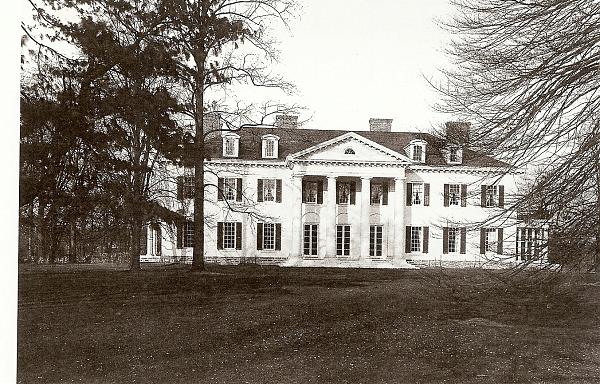 The houses take their cue from the steep rooflines and large central chimneys of traditional British cottages (the pitch of the roof helping to shed snow during long Northeastern winters). They also feature windows flanking the front door and symmetrically placed dormer windows on the second floor, reminiscent of Colonial architecture.
The houses take their cue from the steep rooflines and large central chimneys of traditional British cottages (the pitch of the roof helping to shed snow during long Northeastern winters). They also feature windows flanking the front door and symmetrically placed dormer windows on the second floor, reminiscent of Colonial architecture.
istockphoto.com
Advertisement
Ranch Homes
10/16
Another style that began during the Great Depression, ranch homes rose to popularity on the West Coast, thanks to low rooflines that kept the interior cool. By the 1950 and 1960s, the style had spread to the rest of the country, quickly taking a place in America’s growing suburban communities. The single-story dwellings offered a twist on the classic bungalow with L- or U-shaped layouts, wide, open concept living spaces, welcoming kitchens, and—for a unified look—attached garages. This style is enjoying a bit of a comeback, though new constructions often add elements of present designs.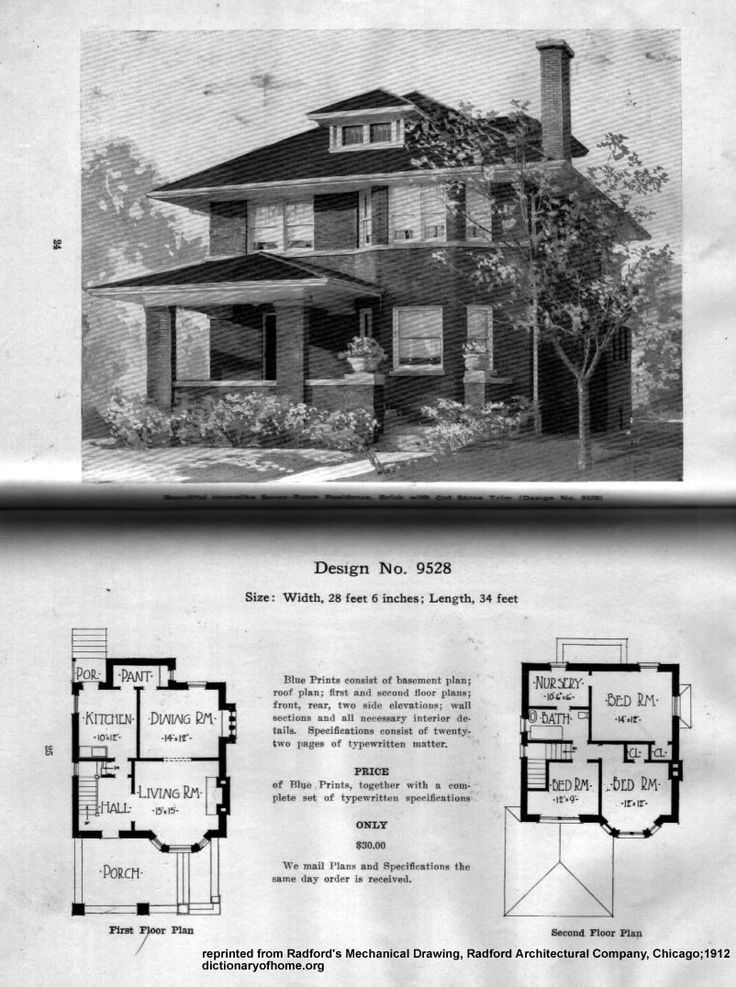
Related: 12 Historic Homes You Can Tour from Your Couch
istockphoto.com
Modernist
11/16
In the early 1900s, modernist architecture developed as a European backlash against traditional American housing conventions, though it made its way to the U.S. between WWI and WWII. Its unconventional, abstract design focused on clean lines, geometric forms, and rectangular shapes that stood out in neighborhoods full of Cape Cod and Minimalist Traditional homes. Flat or low-sloping roofs, large, horizontal windows, and minimalistic fireplaces were also part of the style, which enjoyed intermittent popularity until the 1970s. That said, the Modernist influence can still be seen in the housing market today.
istockphoto.com
Neo
12/16
Beginning in the 1960s and still popular today, Neo styles of classic housing trends include Neo-Colonial, Neo-Victorian, and Neo-Mediterranean. These designs embrace the past while bringing in the technology and tastes of contemporary society.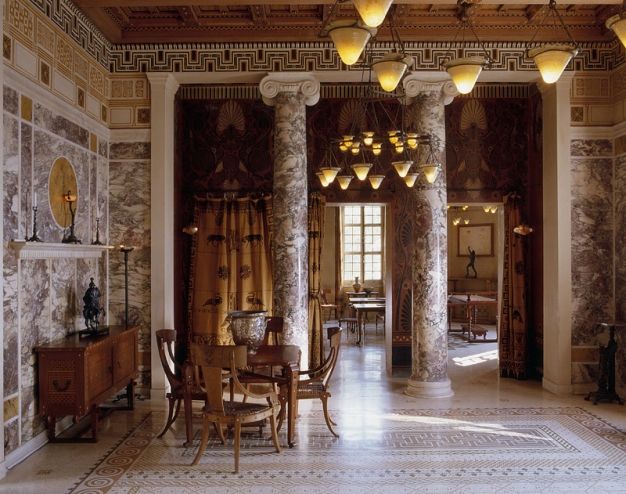 Neo-Colonial homes, for example, take the simple, traditional esthetic, with a symmetrical design and evenly spaced windows, but opt for larger living spaces and more pillars. The Neo-Victorian style saw a return to high, narrow turrets and arched doorways, while the Neo-Mediterranean homes use stucco exteriors, low-pitched, tile roofs, and wrought-iron window grills to mimic the vibe of a Mediterranean villa.
Neo-Colonial homes, for example, take the simple, traditional esthetic, with a symmetrical design and evenly spaced windows, but opt for larger living spaces and more pillars. The Neo-Victorian style saw a return to high, narrow turrets and arched doorways, while the Neo-Mediterranean homes use stucco exteriors, low-pitched, tile roofs, and wrought-iron window grills to mimic the vibe of a Mediterranean villa.
istockphoto.com
Advertisement
McMansion
13/16
The derogatory term McMansion entered the vernacular in the 1980s to describe the large, ostentatious homes that had begun to spread across American suburbs. These upsized dwellings represented burgeoning wealth but tended to be a clumsy pastiche rather than a true style. These mass-produced and quickly constructed buildings poorly combined characteristics from Victorian, Colonial, French Eclectic, Federal—you name it! Familiar traits include an oversized building in proportion to the lot, poorly placed windows, doors, and porches, an odd assortment of roofing—basically a hodgepodge of a developer’s catalog. McMansions are still being built today, though they’re not as highly sought as they once were.
McMansions are still being built today, though they’re not as highly sought as they once were.
istockphoto.com
Tiny House
14/16
A rejection of supersized American culture began to develop in the early 2000s, with the Tiny House trend a prime example. But downsizing living space was not merely hip, it proved far more economical than traditional housing. Tiny Houses are generally around 500 square feet, taking advantage of technological advances such as flat screen televisions, fold away furniture, and microwave convection ovens to pack essentials into a small space. These homes can range in stylistic choices from simple trailers to miniature copies of popular housing trends. Vertical space plays a big role, with ladders and loft beds a common feature alongside multi-purpose spaces and hide-away appliances and furniture. Tiny Houses are likely to remain popular for an environmentally conscious younger generation turned off by McMansions and the excess they symbolize.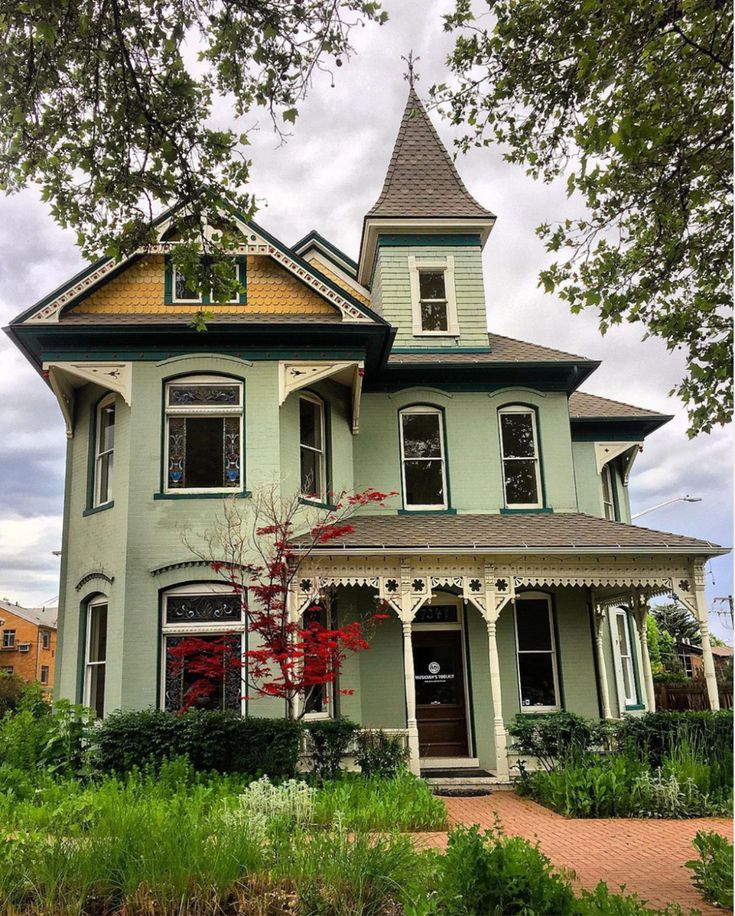
Related: Our 25 Favorite Tiny Houses of All Time
istockphoto.com
Townhomes
15/16
Townhomes have at least one shared wall with a neighboring house but their own private entrance. They rose to popularity in the early 19th century and began to re-emerge in the 1980s, due primarily to the need for smaller, affordable residences—although lavish townhomes do exist in urban centers. In suburban locations, townhomes will share a single wall between them as well as a common roof and foundation. As the price goes up, there’s more separation between homes, abandoning shared roofing and otherwise incorporating space. With the increasing need for housing, townhomes are expected to remain popular for the foreseeable future.
istockphoto.com
Advertisement
Smart Homes
16/16
Less a distinctive style statement than a technological one, smart homes evolved in the early 2000s to embrace automation, environmental conservation, and the digital age. Smart Homes create a unified technological hub that uses sensors and adaptive programming instead of human input, integrating HVAC, multimedia, security, lighting, and wireless networking, among other conveniences. More recently, smart home technology has influenced housing styles, with common features including visible security cameras and spotlights, conservative constructions with large windows, rooftop solar panels, and multipurpose spaces, such as a home office sharing space with a home gym or guest room. With smart home technology on the rise, this trend is expected to continue well into the future.
Smart Homes create a unified technological hub that uses sensors and adaptive programming instead of human input, integrating HVAC, multimedia, security, lighting, and wireless networking, among other conveniences. More recently, smart home technology has influenced housing styles, with common features including visible security cameras and spotlights, conservative constructions with large windows, rooftop solar panels, and multipurpose spaces, such as a home office sharing space with a home gym or guest room. With smart home technology on the rise, this trend is expected to continue well into the future.
Related: 15 100-Year-Old Houses That Haven't Aged a Day
istockphoto.com
Don't Miss!
If you have the money to hire a handyman for every household woe, go ahead. But if you want to hang on to your cash and exercise some self-sufficiency, check out these clever products that solve a million and one little problems around the house.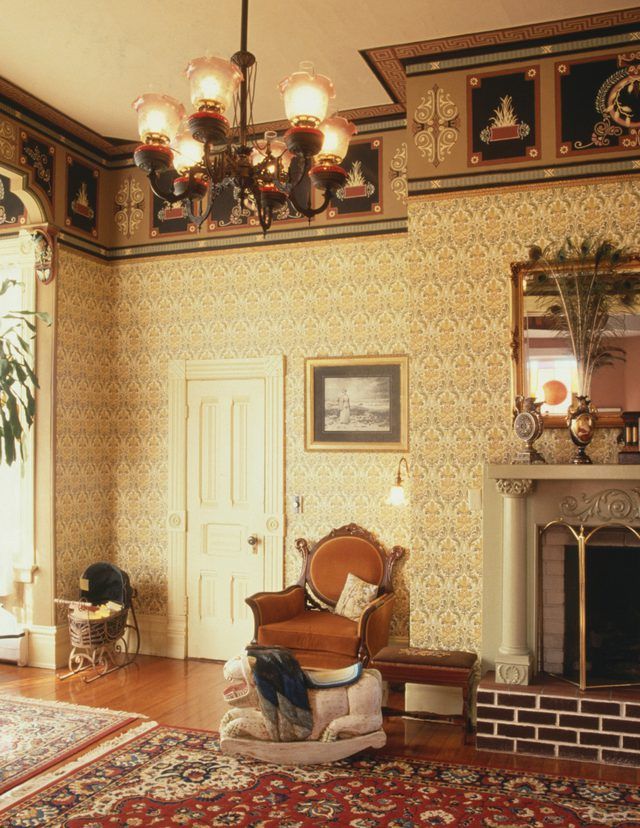 Go now!
Go now!
15 architectural styles of the 20th century in photographs of Nizhny-Gorky-Nizhny
— Tell me, please, why do you often change styles of architecture in your country, was there one, then the second, then one again? asks a foreign tourist on a city expedition.
— Because in our country the architecture of the 20th century is the politics of the 20th century, our artistic culture completely depended on the personality of the leader. So it was in the Soviet period: first, the moods of Stalin changed, then the moods of Khrushchev and Brezhnev did not change, and now we all live in the architecture of the era of stagnation. nine0004
The phrase "Soviet architecture" is primarily associated with stalinkas . You can also recall the achievements of a short period of constructivism and end up with the fact that then there was no architecture, there were only panels.
The pre-Soviet period is usually referred to as Art Nouveau , that is, they talk about the beginning searches in culture, about the modernization of art forms.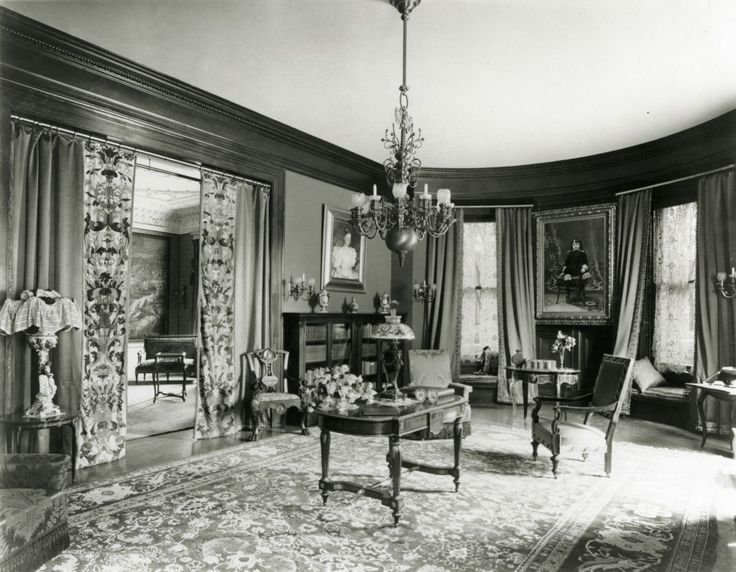 If you look closely, you can identify many more eras. Pre-war and post-war Stalinkas are completely different things: the latter carry the idea of the imperial style, and the former only build illusions. nine0004
If you look closely, you can identify many more eras. Pre-war and post-war Stalinkas are completely different things: the latter carry the idea of the imperial style, and the former only build illusions. nine0004
The era of stagnation, in fact, is the time of free artists, and dissidents, and the sixties, and Western architects. With the beginning of the 60s, not only the typical in architecture appeared, but also the modern one. The contemporary had two periods: modernism (when it began) and postmodernism (when it ended). In addition, the Soviet Union ended before the 20th century, and for the full picture, we Nizhny Novgorod residents were happy to add our school of the 90s, led by a local genius.
In general, Soviet architecture and social ideology went back and forth, three times tossed between the extremes of minimalism and pretentious decor. By the way, one can disagree with the statement that throwing was only a feature of the Soviet "architectural policy". Two incomplete decades before the revolution also managed to make such a somersault: from the traditionalism of eclecticism to rush into dashing modernity, and then again return to the most truly classical forms. Neoclassic 19The 10s is called in a different way "late modern" - you have to come up with such a thing, classical modernization! And such a discord of ideas does not at all seem colorful to us, on the contrary, different microepochs, polar to each other, merge into integral styles: pre-revolutionary, Soviet, Stalinist.
Neoclassic 19The 10s is called in a different way "late modern" - you have to come up with such a thing, classical modernization! And such a discord of ideas does not at all seem colorful to us, on the contrary, different microepochs, polar to each other, merge into integral styles: pre-revolutionary, Soviet, Stalinist.
"City Expeditions" offer you a periodization of the architectural history of our city. At least two of these eras are only in our city.
1. Eclectic
In the 20th century, this is already a retro style, this is how merchants of the “old generation” and established tastes build. In the capitals since 1895 years, modern moods in art begin - in our province, a real renewal begins around 1903. According to dates, eclecticism existed on the periphery of centuries, and in philistine architecture almost until 1910, that is, almost to the “Black Square” in art.
Eclectic looks like an average "old house". On a flat facade, the windows are decorated with stucco frames, the wall is divided by corbels, cornices and flat pilaster columns - in general, embellishment. The literal translation from the Greek adjective "eclecticos" is chosen. In fact, they took the ones they liked from the dictionary of architectural terms and mixed them. This style is a logical continuation of the classical traditions, when you wanted to decorate a strict classic with a variety of forms known to the master. Sometimes in eclecticism there are buildings made of red brick, not decorated with stucco - this is what is called, "brick style". nine0004
The literal translation from the Greek adjective "eclecticos" is chosen. In fact, they took the ones they liked from the dictionary of architectural terms and mixed them. This style is a logical continuation of the classical traditions, when you wanted to decorate a strict classic with a variety of forms known to the master. Sometimes in eclecticism there are buildings made of red brick, not decorated with stucco - this is what is called, "brick style". nine0004
Houses in the eclectic style, like all pre-revolutionary ones that we will consider, are not typical city buildings, but the homes of the richest people. Well, or public buildings, on which money and talent were also spent.
Eclectic, 1830-1910 , long-lived period.
House of the St. George Brotherhood, 1904. Previously, they studied here, and now they continue - the church building was converted into a gymnasium Zaitsev's House at the intersection of B. Pecherskaya and Semashko Ikonnikov's House, 1900s. Creamy eclecticism, house-cake, successfully adapted for the registry office
Creamy eclecticism, house-cake, successfully adapted for the registry office Photograph of Dima ChetyreRomodanovsky railway station, 1904. An excellent example of modern reconstruction
Photo by Anastasia Golikova
2. Modern
Not to be confused: modern architecture is the architecture of modernism all over the world, that is, the twentieth century. In Russia, modernism is another era in the late USSR, and modern is a hydra that has different names all over the world: art nouveau, art nouveau or secession. nine0004
Provincial Art Nouveau is similar to eclecticism, but differs from it, for example, in that in it the arches of the windows are not circular, but three-circular, that is, they are composed of three radii. Bold turrets, bizarre floral patterns appear in Art Nouveau. The brightest modernist architect in Nizhny is Werner. The only one who left his autograph on the building. Take a closer look at the unusual houses on the even side of Bolshaya Pokrovskaya!
1895–1916
Berezin's house on the street.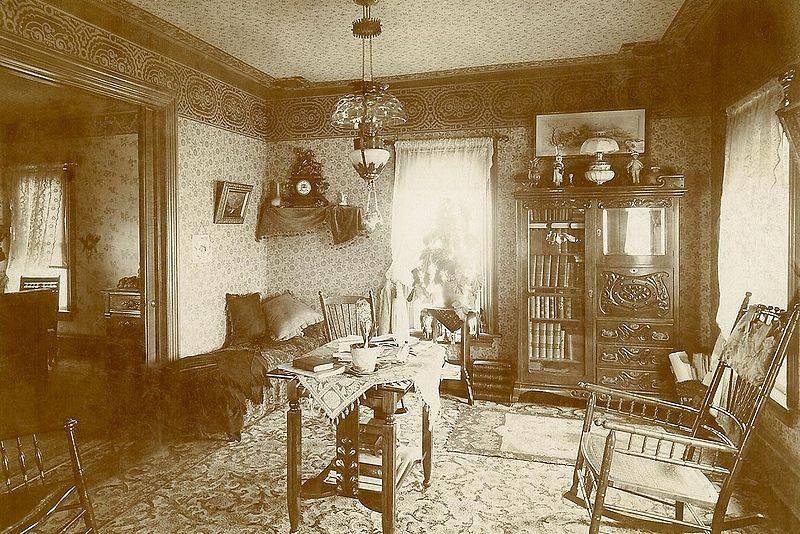 Maslyakov, the former spinner. The brightest example of wooden Art Nouveau House Pryadilov, 1910 year old Works of street artists were hidden on it, fitting into knowledge as if it were so.
Maslyakov, the former spinner. The brightest example of wooden Art Nouveau House Pryadilov, 1910 year old Works of street artists were hidden on it, fitting into knowledge as if it were so. © Bestalex, Wikimedia CommonsTrinity gambling house, circa 1907. ‘House with a horseshoe’ and legends about the owner-chess player. The figures above the horseshoe door are augursThe House of Diligence (for the unemployed), then - Nizhpoligraf, 1905
Photograph by Dima FourPeasant land bank, started in the military in 1914, opened in early 1917 and almost immediately converted into a club of pioneers and various children's art
Photograph by Dima Four
3. Neoclassicism, or historicism
Neoclassicism is late modernism, a time when architects got a little tired of experimenting, and they began to look for inspiration in very ancient buildings. They turned to European buildings: they copied Gothic and Romanesque decorations. They borrowed a little from ancient Russian architecture, although this period of Slavophilism passed in the 19th century and was partially expressed in the architecture of the brick style mentioned above.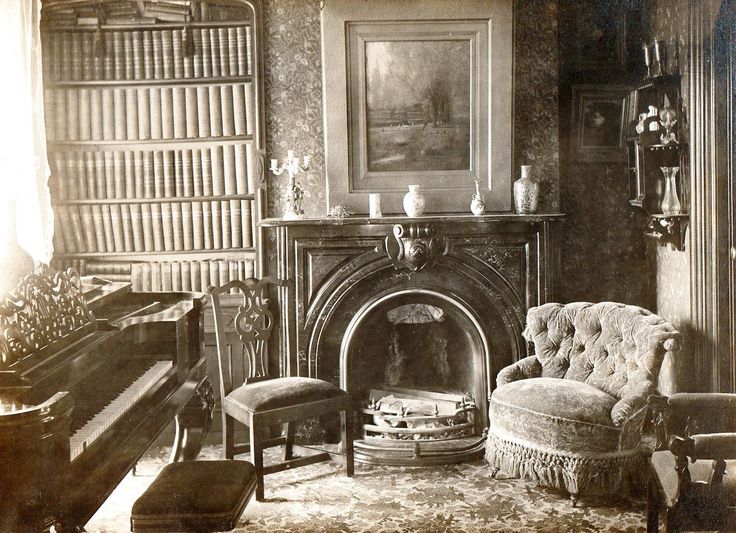
Modern is the last great style that spoke the language of aesthetics. Then came the revolution, and the owners of the newly built buildings emigrated.
1913-1916
State Bank, 1913. It was built not for the arrival of the emperor, of course, but not without taking into account the anniversary of the Romanov dynasty, it turned out to be a royal gift to the city. From the very beginning, the building was adapted for the clothing production of the Mayak factory. The architect is the famous Fedor ShekhtelPhotograph by Dima FourSirotkin House, the first major project of constructivist architects Vesnins, completed in neoclassical style. 1913 Kamensky Mansion, 1916, purest neoclassical, almost standard Palladio villa with columns and portico
© Wilwarin, Wikimedia Commons Port, 1912 Service buildings for the river port, 1912. It is very generous on the part of the port to build a control room in the style of a European Romanesque or Gothic castle13-1916)
4.
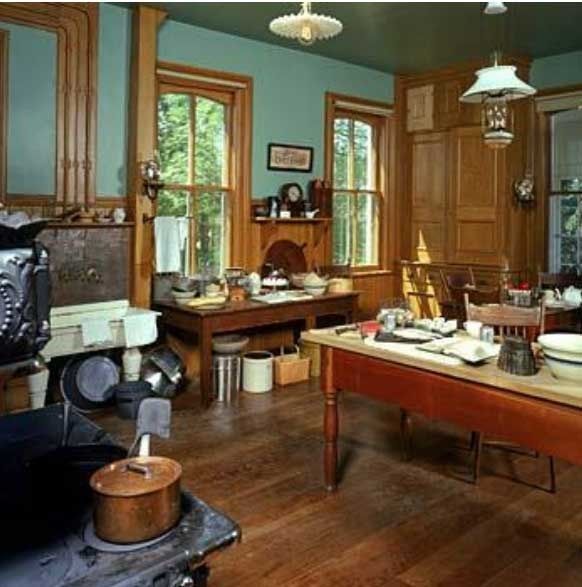 The era of cooperatives
The era of cooperatives In the early 1920s, not only with architecture, but with life was bad. Architects didn't build anything, people didn't eat anything. It is said that some of the victims of the redistribution of property lived in dugout sheds made from whatever they could. Unfortunately, no photos have survived.
Since 1924, housing cooperatives have been allowed in the country. This is the time of the New Economic Policy, people got the right to accumulate money and build their own house. And not a manor, not the house of some civil engineer Ivanov, but a house for several families. These are two-story wooden buildings, similar to 19th-century bourgeois houses on the outskirts of the city. Almost without decor, but as if with the remnants of the habit of decorating in the old way. For lack of money, some built such houses later. nine0004
1924-1928, before preparation for industrialization .
Lengorodok in Kanavino, 1925Photograph by Dima Chetyreul.
 Vlast Sovetov, 14
Vlast Sovetov, 14 Photograph by Dima FourPhotograph by Dima Four
5. Art Deco
It is debatable to distinguish this era, because the French inventions of 1925 did not seem to have reached Nizhny Novgorod, but we had something similar for several years, in 1926 -28 years. At this time, the first constructivist projects appeared, but so far only on paper. Several houses do not look like early constructivism, but they do not look like the pre-revolutionary "grand style" modern. They are tall, already for several families, and not for one, and they are still beautiful, yet without constructivist minimalism. nine0004
These are elite houses, real socialism - good housing for workers. There were not seven such buildings, as in all other styles. The Lenin Palace of Culture is a special building in general; for the anniversary of the revolution, it was built in a style that has not yet been invented. The fence of the car factory park is from a later era, but it seems to copy the naivety of the mid-20s.
Photograph of Dima FourHouse for Workers and Managers of the Krasnoye Sormovo Plant, 1927
Photograph of Dima FourChernoprud skyscraper, 1926 years old, the most elite house of the 1929s
Photograph by Dima Four
6. Constructivism
A very short period. Since 1923, avant-garde architects have been experimenting with new forms for the new state by participating in competitions, but only since 1929 did they begin to receive large orders from the state. Some timid examples of constructivism are 1927-28 , but the style manifested itself most clearly in the first five-year plan, from 1929 .
The building of constructivism looks clear: the house is made of rectangles and cylinders. Abandoning aesthetics is a manifesto of utility. Functionality is important, and aesthetics lies in the harmony of building functions. The house has a large hall - it will be a half-cylinder, the house has a number of identical rooms - it will be with strip glazing.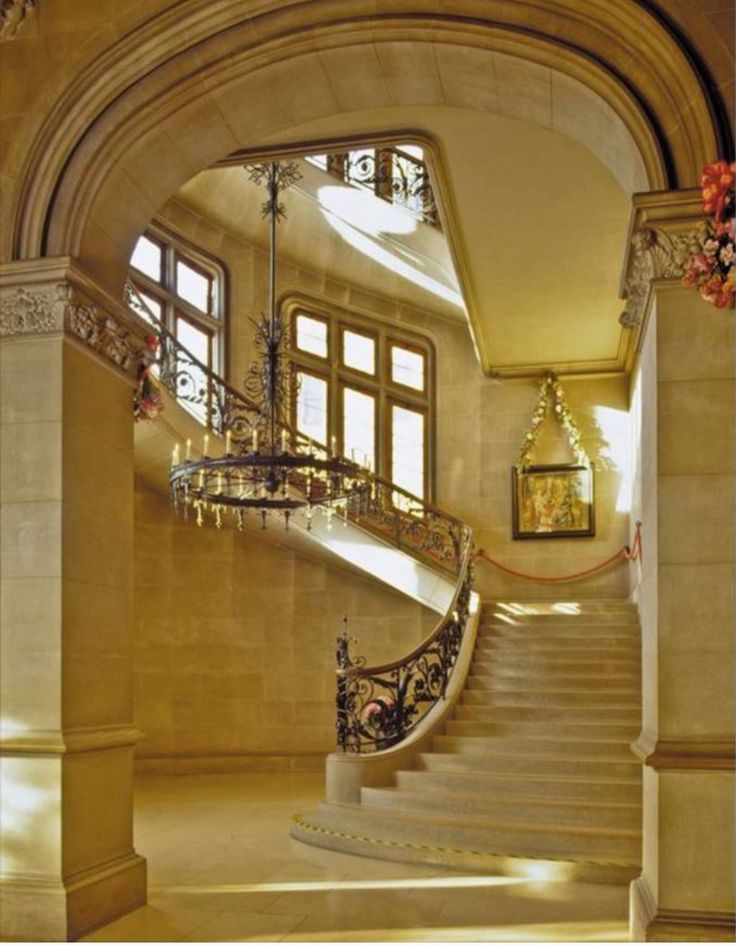 nine0004
nine0004
Constructivism - it seems to be for workers, for engineering and technical, scientific, for railway workers. In 1929, they even wanted to build communal houses, but the next year the party changed its mind. They managed to complete the construction, but did not begin to maintain communal life.
The era of constructivism was the material expression of the distributive system that operated throughout the 1920s: they began to distribute people - each to the house according to their profession.
Hotel Volna in Sotsgorod, intended for American specialistsPhotograph by Ira Maslova Revolutions
Photograph of Dima FourHouse of the Red Cross Society
Photograph of Dima FourHouse of the Soviets, a new temple of communism on the site of the cathedralHouse-commune of NKVD workers, or the House of the Chekist, then the club named after Dzerzhinsky, then the monument that we are losingHouse-commune Cultural Revolution, the first building with elevators
7.
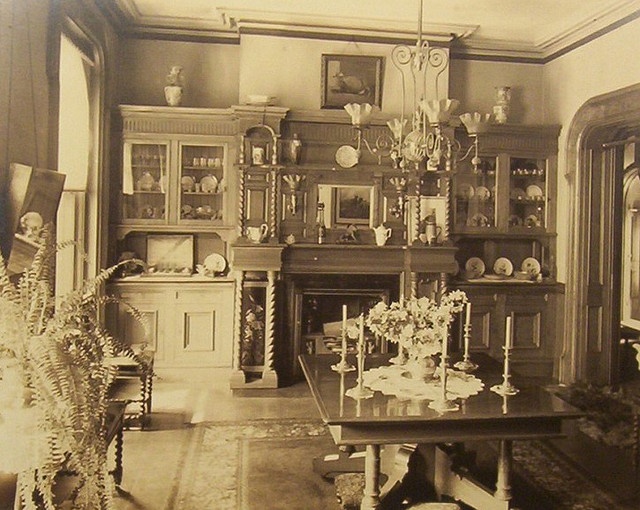 Postconstructivism
Postconstructivism In this case, “post” means “anti”. Here's the thing: the constructivists were very bold reformers, and at some point (namely, at the end of May 1932 years old) Stalin did not like it. He dispersed all creative groups and united architects into one union under his tacit control.
Before this decision, some buildings had already begun to be built in the style of constructivism, and in order to hide this, they were hung up with disguises during the “completion” process, as if they were already “Stalin”. The Stalinist style had not yet taken shape in 1932, but the pathos of the jewelry was already clear. This is architectural shamanism - trying to decorate a building in order to expel the ideas of the author from it. nine0004
1932-1936, shamanic anti-constructivism .
Avtozavodsky department store, designed for a long time and by 1937 was built with changesCommunication House, designed in 1932, built by 1936 with additions in the form of relief and wall decoration building, which was supplemented with decorations, the architect Grinberg was immediately forced to offer such a solution.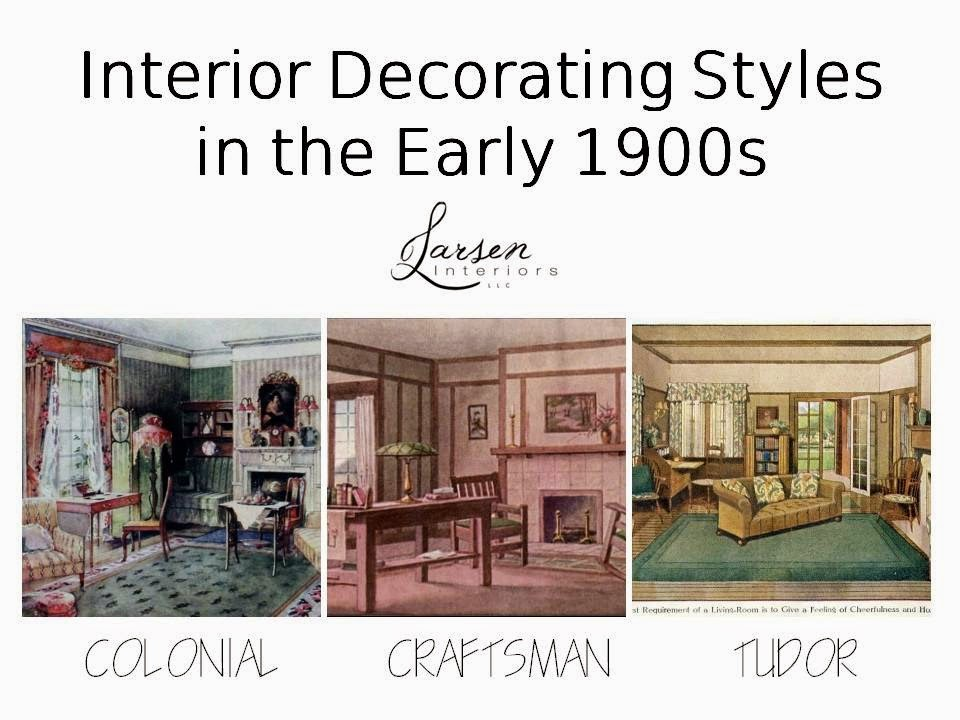 The Opera House, the former people's house. The building was built in 19'03, based on non-constructivism. In 1035, it was rebuilt as if it were also enriched constructivism, a mystery house Polytechnic Institute, was built in 1929, supplemented with sculptures, balconies and stone-like wall decoration in 1935 Radius house at the Automobile Plant, commissioned in 1937, but clearly designed earlier, the author is two architects from the Vesnin workshop. Not the famous Vesnins, but people from their circle. TSUM is a building of 1938, enriched already in 1954. A very strange story a constructivist project of the anti-constructivism era, enriched during the beginning of the fight against excesses
The Opera House, the former people's house. The building was built in 19'03, based on non-constructivism. In 1035, it was rebuilt as if it were also enriched constructivism, a mystery house Polytechnic Institute, was built in 1929, supplemented with sculptures, balconies and stone-like wall decoration in 1935 Radius house at the Automobile Plant, commissioned in 1937, but clearly designed earlier, the author is two architects from the Vesnin workshop. Not the famous Vesnins, but people from their circle. TSUM is a building of 1938, enriched already in 1954. A very strange story a constructivist project of the anti-constructivism era, enriched during the beginning of the fight against excesses 8. Pre-war stalins
In scientific terms, this is called “the era of mastering the classical heritage”. The people, however, prefer to call architecture by its proper name - the Stalinists. “Pre-war” means more modest and a bit like constructivist clear volumes. For some reason, our houses of pre-war Stalinist architecture are usually gray in color: for example, the “gray Busyginsky” house-quarter.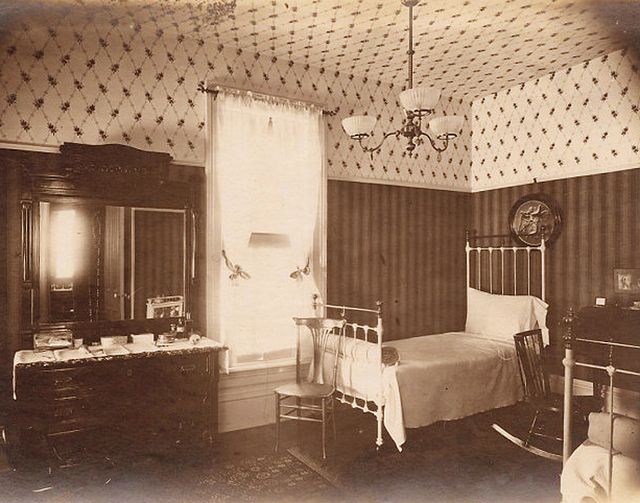
Apartments in stalinkas were given only to the elite, but they were presented as housing for the best workers, advanced workers and Stakhanovists. Top 19In the 1930s, everyone who was driven out of the villages by collectivization and who were lured by urban industrialization came to the cities. And for all of them, of course, a completely different architecture was built, far from elite housing. The period of barrack structures begins in the late 20s and ends either in the 60s, when they began to be demolished, or in the 80s, when they were finished. So the Stalinkas are more barracks than the houses for the elite that we see.
9. Military architecture
They were also built during the war. For example, they spent huge amounts of money on the construction of the Stairs of Heroes (Chkalovskaya) in honor of the victory in the Battle of Stalingrad. There is evidence that it was planned to make Stalin's bunker in the Volga slope, even before the Battle of Stalingrad. The stairs, in this case, would have served as a beautiful cover, but no documentary connection between the stairs and the bunker was found. nine0004
The stairs, in this case, would have served as a beautiful cover, but no documentary connection between the stairs and the bunker was found. nine0004
The Rodina summer cinema was also built in the Avtozavodsky Park during the war years.
Stylistically, these objects do not stand out in a special style, and in meaning they differ little from pathos before and pathos after. While one object shows that life could go on as usual in our city far from the front, the other says the opposite: we need a heroic ladder. For comparison: "The motherland is calling!" appeared in Volgograd after Stalin, who actually did not celebrate the victory and did not erect monuments in her honor, except for residential buildings in the style of the victorious empire. nine0004 A house with a former bookstore on Gorky Square, where McDonald's is now located
Photograph of Dima Four House with the legendary name Gray Horse, most likely because of the student cafe-bar with the spirit of the American tavern Gray Horse located here House with a spire on October Revolution Street .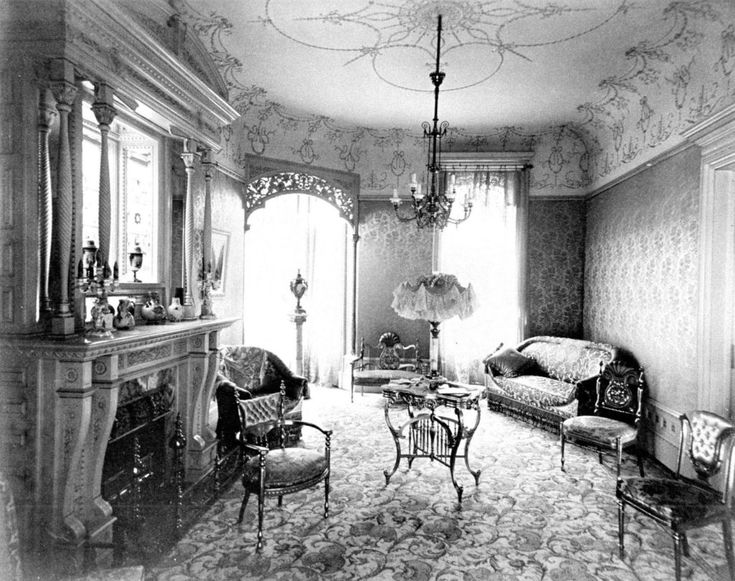
Photograph by Dima Chetyre50 Years of Victory Street with wide and cozy sidewalks typical of the post-war period.
Photograph by Ira MaslovaChkalovsky stairs, or Volga, or Staircase of Heroes, 1943 years old
Photograph of Dima Four
10. Stalin's Empire style
Let's start with the fact that the Empire style can be ordered and unordered. Order - as in real classics, with columns, and orderless - only with classic decorations. The problem that every architect of this era suffered was "not real". With regard to warrants, it consists in the fact that the columns almost always did not carry a load, but only "marked the main entrance." Even if the columns held something, they were still made more for pomposity. nine0004
However, by the late Stalinist era, harmonious ideas also developed in this era. Late Stalinist buildings look like an elegant cake: they are decorated with balusters, porticos, columns, laurel wreaths, emblems with swords, bunches of fruit, stucco flowers.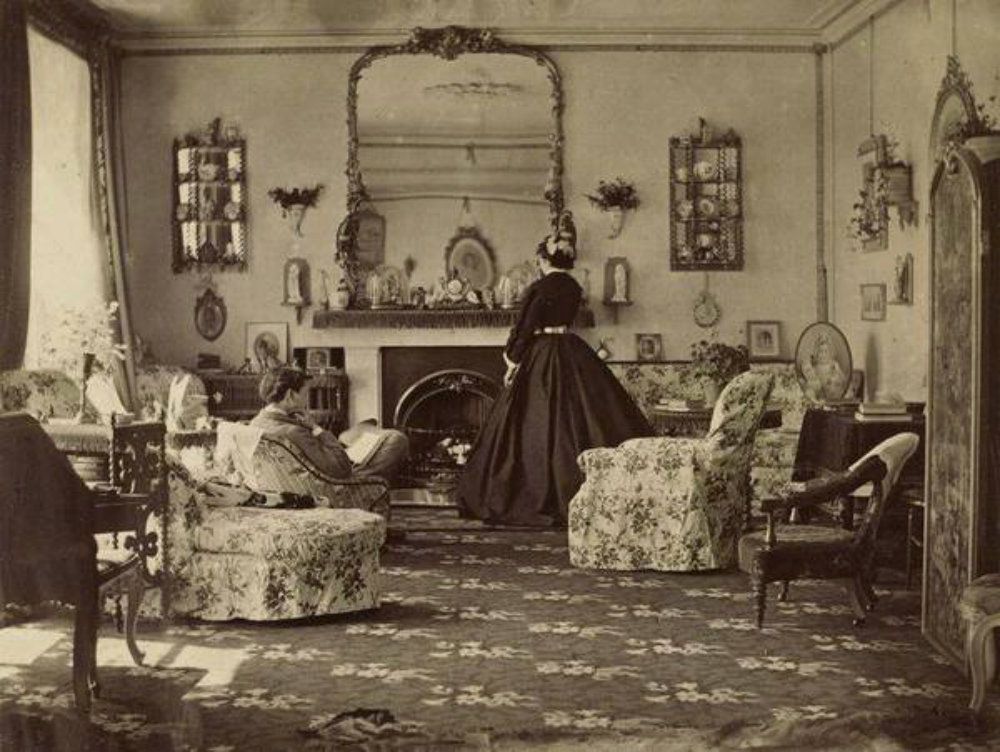 And the buildings are painted in warm Stalinist colors, sunny yellow or pink.
And the buildings are painted in warm Stalinist colors, sunny yellow or pink.
Most of the houses were built in the period from 1951 to , as before that the country was engaged in economic recovery. The dating of the architectural period does not coincide with the years of Stalin's life: he died on March 5, 1953 years, and in 1954-56 had to complete a huge number of construction projects , begun by the leader.
The house of the railway worker architect D.P. Silvanov on Verkhne-Volzhskaya, 1937-38© Artem Korzhimanov, Wikimedia CommonsThe Neftegaz house, that is, for the workers of the Neftegaz plant, 1935, the famous Nizhny Novgorod architect Alexander Yakovlev
© Sergei KasatkinThe FSB building, which was designed in a terrible 1937, the architect Alexander Tyupikov, being under the supervision of the NKVD Gray Busyginsky, house-quarter at Avtozavod, 1936-38 years, the famous author - architect Ilya Golosov
Photograph of Dima FourStation of the Rodina children's railway, 1939, architect Alexander Yakovlev
© Ilya Smolov, Wikimedia CommonsElite gymnasium No.
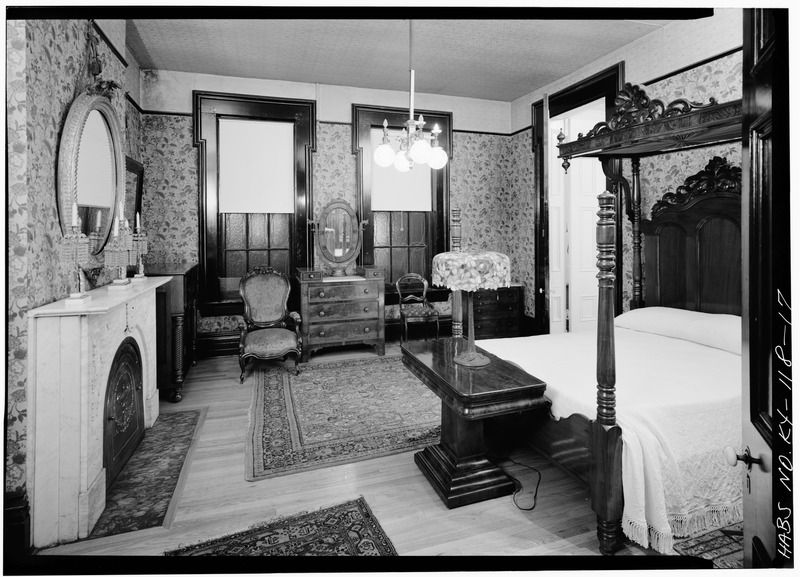 1 on Minin Square
1 on Minin Square 11. People's building, or the Gorky method
Our invention! In 1955, one foreman at the Avtozavod decided to build a house for himself and his team using factory materials. We saved some iron when smelting parts, took unnecessary materials from the auto giant and built a two-story house. Perhaps this is a fairy tale. But since 19For 57 years, another Nizhny Novgorod chief, the first secretary of the regional committee, Ignatov, actively promoted a similar method. Promoted by putting strong pressure on the workers to "voluntarily" want to build. In addition, the party forced the way, and the workers simply had no choice.
The housing crisis is not a post-war problem, it is still from the first five-year plan until now, some people live in several families even in one-room apartments.
Houses for "people's construction" were designed by the State Design Institute "Grazhdanproekt". These were two-story or later three-story houses made of cheap materials: cinder blocks, wooden shields filled with garbage, reeds pressed with gypsum (“reeds”).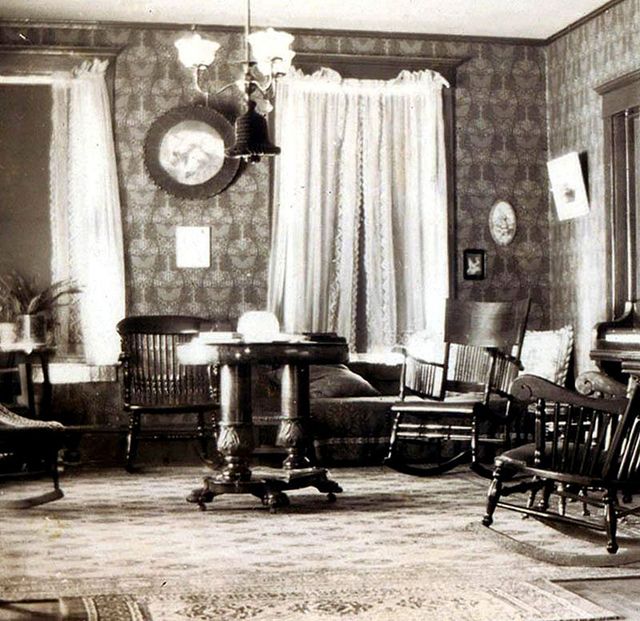 They built themselves, not being builders, locksmiths and turners, women and children. This went on for two years,0031 from 1957 to 1959 , and ended with the transition to five-story buildings.
They built themselves, not being builders, locksmiths and turners, women and children. This went on for two years,0031 from 1957 to 1959 , and ended with the transition to five-story buildings.
Photo MITI MITO Construction on Orbeli Street in the Monchera Monchera Monchenskok in the Sormovoposelny People’s Sormovoilie Orbeli, with the Guglstrievyufoto from the 1957 newspaper, from the Archive of Ira Maslova
12. Modernism of 1960. Modernism of 1960. th, not "Khrushchev", but modernism begin. Khrushchev really announces the fight against excesses, back in 1955 year. But at the same time, he generally ceases to consider architecture as art. This means that architecture is freed from all kinds of propaganda through art. Only the mosaics on the buildings remain heroic-Soviet, and the architecture stands on the western rails of modernism that has long developed there.
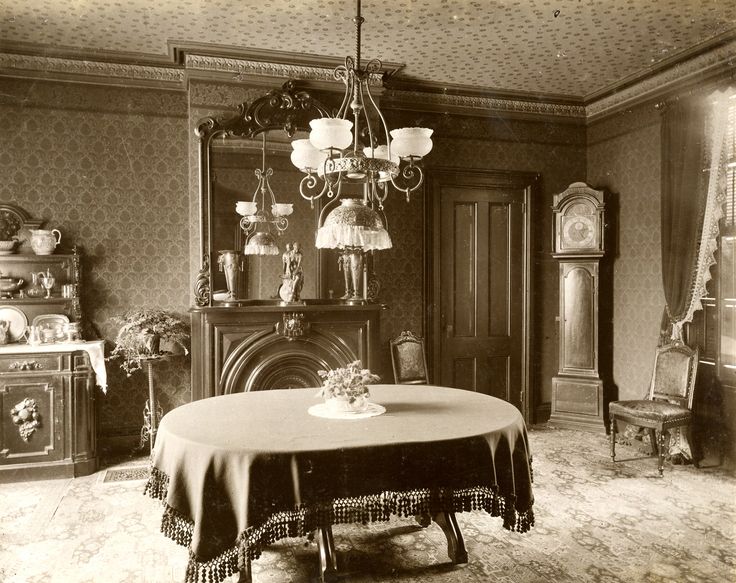 Some were worried that decorations should be erased from the drawings, others were glad that now they could design, not copy.
Some were worried that decorations should be erased from the drawings, others were glad that now they could design, not copy. Khrushchevs are experimental housing, replicated to the point of impossibility. The typical is of interest in what the types and standard were: how economically the furniture was designed, how the minimum dimensions of the stairs were calculated. nine0004
Public buildings are more interesting in modernism. They are not just gray and brutal, but also bold and unusual: as a rule, they do not have windows in their usual form, but have glazing planes. This again means a return to minimalism and the heritage of the avant-garde. Once again, what is useful and original becomes beautiful!
Automatic telephone exchange, 1971 and a creative approach to decoration in the era of the absence of finishing materialsPhotograph by Ira MaslovaFormer Cafe Chaika, 1967
Photograph by Alexei FaddeevOne of the bridges on Fedorovsky embankment, 1966 year
Photograph by Pasha BritvinRadial house with a former Sintetika store, the most unusual Khrushchev, 1966
Photograph by Dima Four River Station, photo from an old guidebook, 1964
Photograph by Dima ChetyretyuZ 1978, glazing and smooth concrete planes - the peak of style in Gorky
Photograph Dima Four
13.
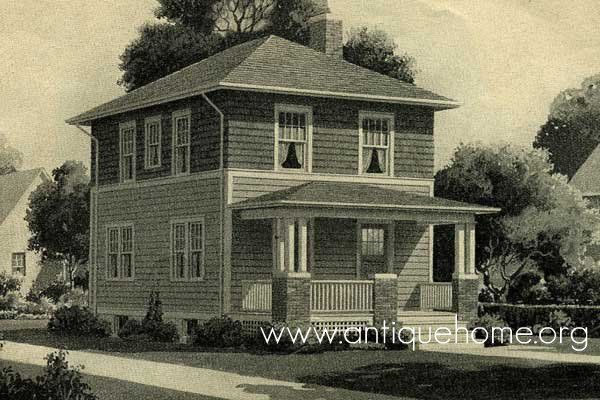 Postmodernism
Postmodernism What is the difference and why does the prefix “post” appear? Despite the similarities, there is a small and inconspicuous feature: this style is distinguished from modernism by greater humanity and smaller details. The border is conditional, but some buildings of the late 80s are very not look like their brutal ancestors. The new style defines such a quality that it can be somewhat opposed to the previous style: postmodernism was built for people. He emphasized individuality, not collectivity.
Back to the term “postmodernism” and the prefix “post”: in this case we are talking about late modernism, not anti-modernism, since the 80s did not differ too dramatically from the previous two decades. Borders: approximately from 1983 to 1991 or a little later if 9 were not completed0032 .
Former cafe Brigantin, and before that - a student canteen with the city's first window for selling street foodPhoto by Alexei FaddevOktyabrskaya hotel, the most stylish in the 80s
Photo by Dima Four Residential building on Meshchera
Photo by Konstantin AntipinJudicial tower on the Rowing Canal, 1988 , the most stylish modernist building in Gorky
© Sergey KasatkinEZhK Meshcherskoye Lake, 1985-1991
Photo by Konstantin Antipin
14.
 School 90-х
School 90-х In 1991, the State Design Institute, which designed the "people's buildings" and all residential buildings, ceased to be a mandatory place of work for an architect: the right to open a private workshop appeared. Then in our city there was an explosion of talents.
The community united around Alexander Kharitonov. His merit is that he created the profession of the chief architect of the city. From a position, it has turned into the work of a person who coordinates the interests of various city forces. The chief architect in the 60s was more of a dictator, because there were no other forces around him, everything was subject to planned urban planning. nine0004
In the first years after the collapse of the Soviet Union, we did not have gypsy architecture, but a distinct regional school with its own style. It looked like a variety of forms on the facade, like the richness and integrity of the composition, which, however, often suffered due to implementation and visual garbage.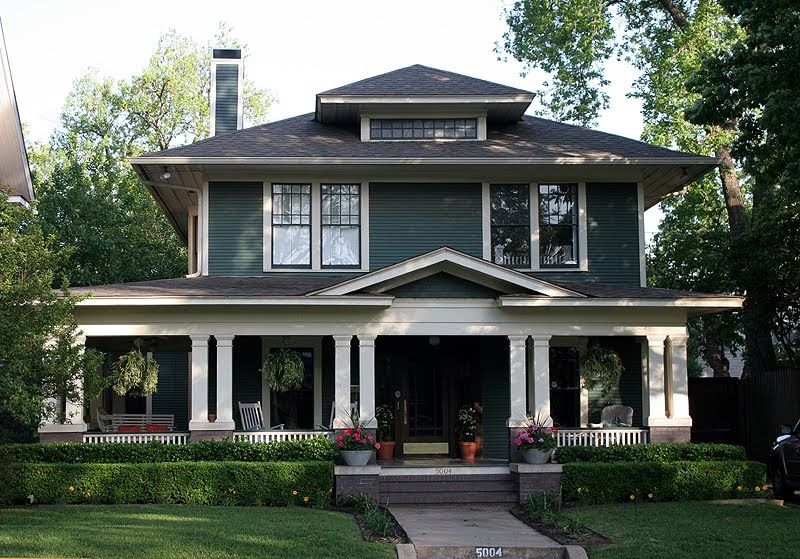
Kharitonov crashed his car in 1999 .
Bank Garantiya, 1997, a building symbol of the era of high-quality architecturePhotograph by Dima FourA completely rebuilt wooden house on Studenaya Street with additional premises attached to it
Photograph by Ira MaslovaSaw-house in the depths of the block between Studena and Reshetnikovskaya, the most original house of the 1990s in terms of planFrunze tax office from above
Dima Four's photoFrunze tax office, recognizable style of Kharitonov and Pestov's workshop
Dima Four's photoPrestigious polyclinic number 1, deserving a special building on Nizhnevolzhskaya
Photo by Dima Four
15. Investment architecture
Since 1999, the "Time of Troubles" begins without the chief architect. nine0004
The law does not prohibit building ugly and cheap, and according to the law, we often do not prohibit either the organization of parking or its absence. The true meaning of the profession of an architect is revealed - to design what is ordered.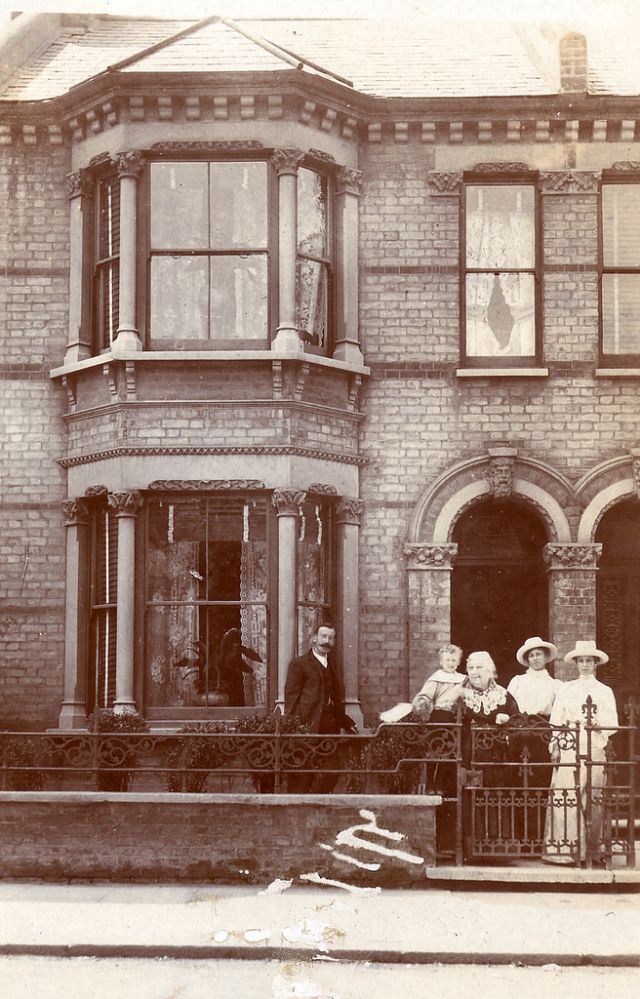 Like a hundred years ago, customers are rich merchants of our time or the state.
Like a hundred years ago, customers are rich merchants of our time or the state.
Stylistically, architecture has turned into real postmodernism, that is, a cocktail of any eras and ideas, innovations and renovations. There are several trends in modern architecture. The first is to build "antique", focusing on the context, which is not much in line with the modern and does not look like the modern. The second is again modernism, minimalism, the inconspicuousness of architecture, the new "box". And the third is omnipotence. nine0004 The World Trade Center, which received the 2010 award for the best architecture at the All-Russian competition
Photo by Tatyana Glazunova Office center on Frunze opposite Nalogovaya, by the way, by the same author, but in a completely different style
Photo by Tatyana Glazunova
Ira Maslova
The material was prepared by the City Expeditions excursion community within the framework of the PopArchArt project specifically for the Nizhny Novgorod Innovations.
Style trends in US architecture at the turn of the 19th20-1930s
0The article was first published in the collection: Decorative Arts and Object-Spatial Environment. Vestnik MGHPA. Number 3. Part 1 Moscow, 2020 p. 9-20. Provided by the author.
1920s-1930s era in US architecture, this is a time of active high-rise construction and rivalry of various style ideas, the construction of many skyscrapers in neo-Gothic and neo-Renaissance, in emerging modernism and various versions of art deco. The "ribbed style" of high-rise buildings then formed a whole group of projects and buildings both in the USA and in the USSR. Such, for example, was the style of the Palace of Soviets and the house of the Council of People's Commissars of the USSR, adopted for implementation in Moscow in 1934 [1] However, in the USA this aesthetic was extended to a wide range of monuments, and their decor could be different.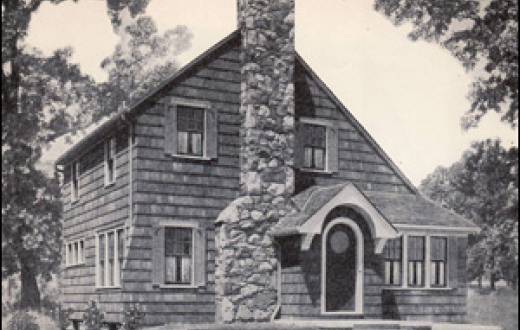
After the First World War, the development of historicism in the United States will not be interrupted; The American neoclassicism of the 1910s-1930s, carried out expensively and extremely well, and, first of all, the ensemble of the capital of Washington, demonstrated the expressiveness and spectacularity of order architecture to the whole world. And it is precisely the accuracy of reproduction of medieval and antique details in the architecture of the Chicago school and neoclassical 19The 10-1930s nurtured the attentive, authentic approach of Art Deco masters when working with archaic ornamentation. However, having been educated in Europe and proving in practice a brilliant possession of an authentic style, in the 1920s American architects move away from historical stylization and rush towards Art Deco innovations. [2]
The turn of the 1920-1930s for American architecture became a time of open rivalry between the two styles - neoclassical and art deco. Buildings erected simultaneously and side by side were often designed in completely different styles in American cities.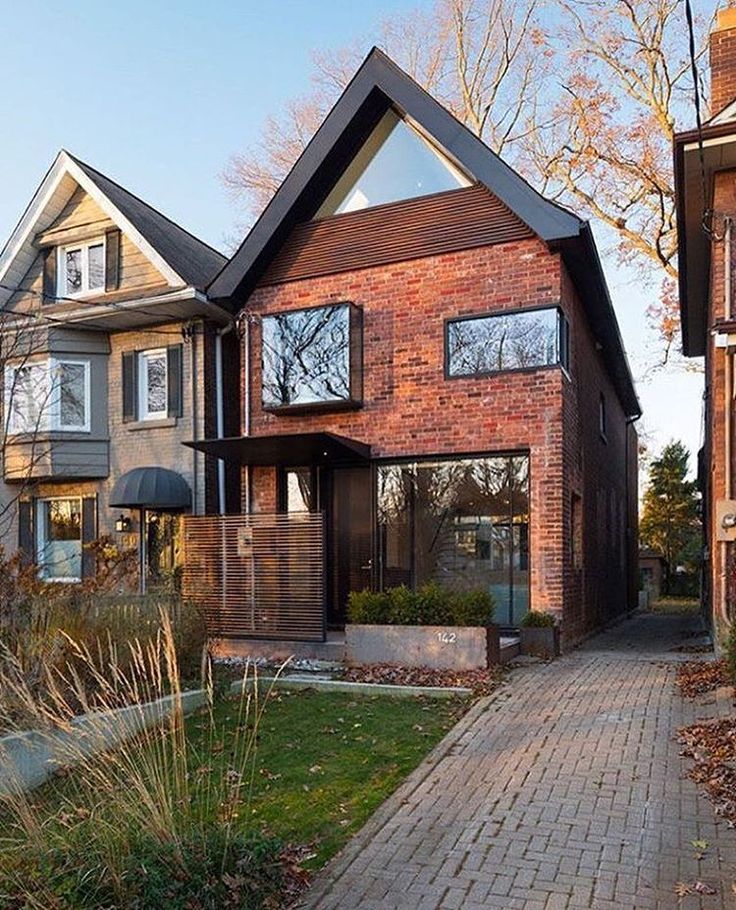 Such, for example, is the development of Center Street in New York, where the neoclassical buildings of the Supreme Court of the State of New York (1919) and the high-rise building of the US Court. T. Marshall (1933) are adjacent to the Lefkowitz building (1928) and the building of the Criminal Court in ribbed Art Deco (1939). A similar combination was realized in Philadelphia, where, next to the neoclassical station building (1933), the art deco post office building (1935) was built. An obvious comparison of various style decisions carried out in the same years is observed in the interwar period both in the USA and in the USSR.
Such, for example, is the development of Center Street in New York, where the neoclassical buildings of the Supreme Court of the State of New York (1919) and the high-rise building of the US Court. T. Marshall (1933) are adjacent to the Lefkowitz building (1928) and the building of the Criminal Court in ribbed Art Deco (1939). A similar combination was realized in Philadelphia, where, next to the neoclassical station building (1933), the art deco post office building (1935) was built. An obvious comparison of various style decisions carried out in the same years is observed in the interwar period both in the USA and in the USSR.
Philadelphia, Post Office Building, arch. Rankin & Kellogg (1931-1935)
Photo © Andrey Barkhin
Philadelphia, station building, arch. Graham, Anderson, Probst & White (1933)
Photo © Andrey Barkhin
-X). However, when comparing the architectural achievements of 1930s style parallels are noticeable not only in Italy, Germany and the USSR, but also in American cities.
 So, a typical example of the so-called. "Totalitarian style" could be called the post office building in Chicago (1932), and the Federal Office building in New York (1935) - decorated with eagles treated in art deco. The North-South axis in Berlin was also designed in the late 1930s in a parsimonious, slightly geometrized neoclassical style; however, there are many buildings in a similar style in Washington (for example, the building of the Bureau of Engraving and Printing, 1938) and Paris. Such are the buildings of O. Perret and the French pavilions of exhibitions in Paris in 1925, 1931 and 1937. [4] Thus, having become widespread in the architecture of the 1920s and 1930s, this geometrized order was not an innovation of totalitarian regimes.
So, a typical example of the so-called. "Totalitarian style" could be called the post office building in Chicago (1932), and the Federal Office building in New York (1935) - decorated with eagles treated in art deco. The North-South axis in Berlin was also designed in the late 1930s in a parsimonious, slightly geometrized neoclassical style; however, there are many buildings in a similar style in Washington (for example, the building of the Bureau of Engraving and Printing, 1938) and Paris. Such are the buildings of O. Perret and the French pavilions of exhibitions in Paris in 1925, 1931 and 1937. [4] Thus, having become widespread in the architecture of the 1920s and 1930s, this geometrized order was not an innovation of totalitarian regimes. Chicago Post Office Building. Arch. Graham, Anderson, Probst & White. 1932
Photo © Andrey Barkhin
nine0003 Chicago Central Post Office, detail.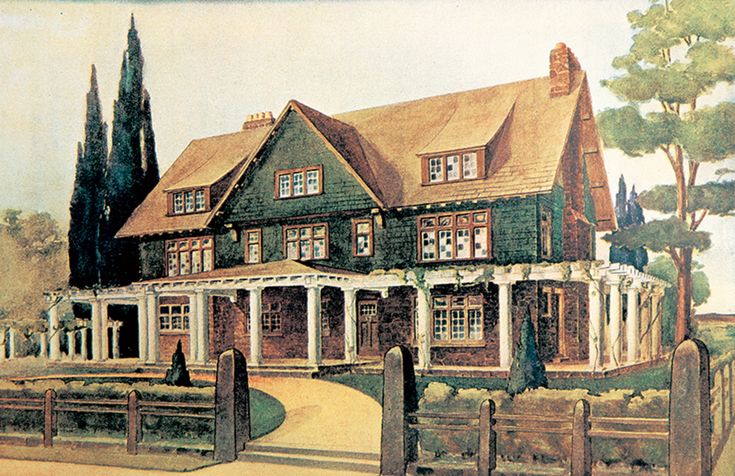 1932
1932 Photo © Andrey Barkhin
Federal Office Building in New York, detail. 1935
Photo © Andrey Barkhin
Federal Office Building in New York. Arch. firm "Cross and Cross". 1935
Photo © Andrey Barkhin
The neoclassical theme in the architecture of Washington acquired two interpretations in the 1930s - authentic, as in the works of C. Gilbert, R. Pope and others, [3] and geometrized. These are in particular the South Railway Building (W. Wood, 1929) and the Department of Lands (architect W. Wood, 1936), the Federal Reserve Building (F. Crete, 1935) and the grandiose Pentagon Building (J. Bergstrom, 1941). In a similar style, the works of Louis Simon were also carried out - the building of the Bureau of Engraving and Printing (1938) and the Truman Building (1939), as well as the Cohen federal building (1939) and the M. Switzer building (1940) facing each other.
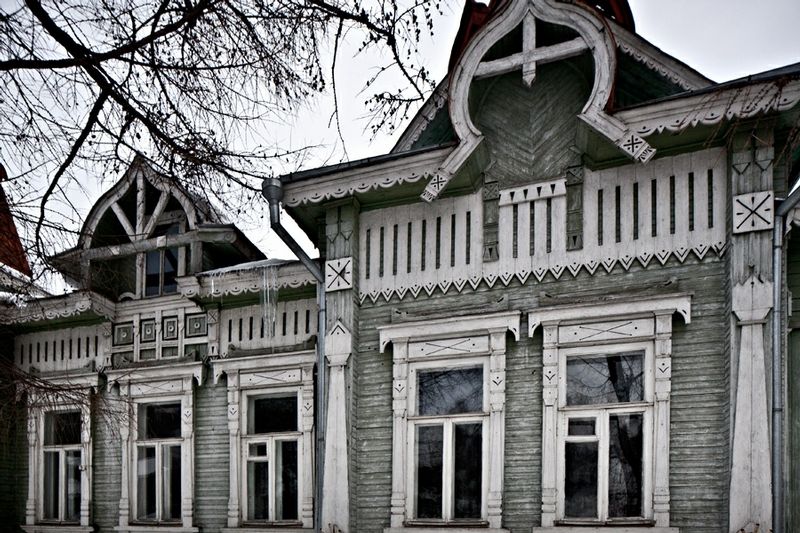 Note that in such architecture of the United States, it is obviously no longer the Palladian beginning of the classics, but the rigid geometrism of Ancient Egypt and even parallels with the Italian architecture of the 1930s, the so-called. Littorio style.
Note that in such architecture of the United States, it is obviously no longer the Palladian beginning of the classics, but the rigid geometrism of Ancient Egypt and even parallels with the Italian architecture of the 1930s, the so-called. Littorio style. Bureau of Engraving and Printing Building in Washington DC. L. Simon, 1938
Photo © Andrey Barkhin
nine0003 Bureau of Engraving and Printing Building in Washington DC. L. Simon, 1938Photo © Andrey Barkhin
The style of the interwar period widely used the innovations of the 1900-1910s – an order ascending to the archaic without bases and capitals, implemented in the works of Tessenov, Behrens, Perret, as well as Hoffmann's fluted pilasters. [5] In the 1930s, such architecture, created at the intersection of neoclassical and art deco, began to actively develop both in the USA and in the USSR, it is enough to compare the Lefkowitz building in New York (architect W.
 Hogard, 1928) and the house of the Council of People's Commissars of the USSR (architect A.Ya. Langman, 1934). The style of the same library. IN AND. Lenin in Moscow (1928) echoed the two Washington buildings of F. Crete, the Shakespeare Library (1929) created in the same years and the building of the Federal Reserve (1935). Such works were clearly different from authentic neoclassical works that did not carry a totalitarian impulse. [6] And it was the geometrized order that became, as it seems, a marker sign of the era of the 1930s. However, totalitarianism exploited the expressive power of both the innovations of the 1910s and 1920s (avant-garde and art deco) and historical architectural techniques. nine0004
Hogard, 1928) and the house of the Council of People's Commissars of the USSR (architect A.Ya. Langman, 1934). The style of the same library. IN AND. Lenin in Moscow (1928) echoed the two Washington buildings of F. Crete, the Shakespeare Library (1929) created in the same years and the building of the Federal Reserve (1935). Such works were clearly different from authentic neoclassical works that did not carry a totalitarian impulse. [6] And it was the geometrized order that became, as it seems, a marker sign of the era of the 1930s. However, totalitarianism exploited the expressive power of both the innovations of the 1910s and 1920s (avant-garde and art deco) and historical architectural techniques. nine0004 Let us emphasize that the geometrized order of the 1910s-1930s was ascetic; devoid of a priori classical motifs of antiquity and renaissance. He was already rather close to other sources - the harsh archaism and abstraction of modernism. And it is precisely this duality that allows us to consider the geometrized order of the 1910s-1930s within the artistic framework of Art Deco, as a style fascinated by neo-archaism and the geometrization of historicism forms.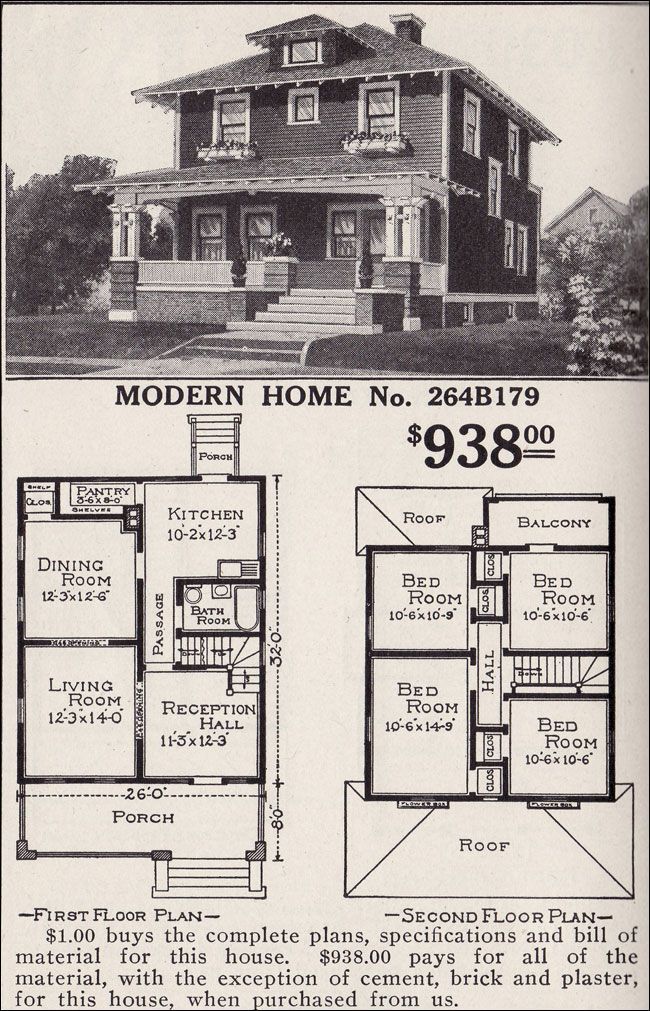
A characteristic feature of the era of the 1920s-1930s is the emergence of inter-style, dual in origin works, work at the junction of neo-archaic and avant-garde. Such were the geometrized order, and the skyscrapers of America, and even the style of Soviet projects 1930s. Such was the nature of Art Deco - a style of compromise, duality, and, nevertheless, leading in the architecture of the 1920s and 1930s.
Criminal Court Building on Center Street in New York, arch. V. Korbet, 1939
Photograph © Andrey Barkhin
Lefkowitz Corps in New York, detail. W. Hogard, 1928
Photo © Andrey Barkhin
Center Street in New York - New York State Supreme Court Building, Lefkowitz Building and Criminal Court Building
Photo © Andrey Barkhin
Record-breaking in their design and engineering solutions, stepped and decorated with flattened reliefs, US skyscrapers have become a unique alloy neoarchaism and modernism.
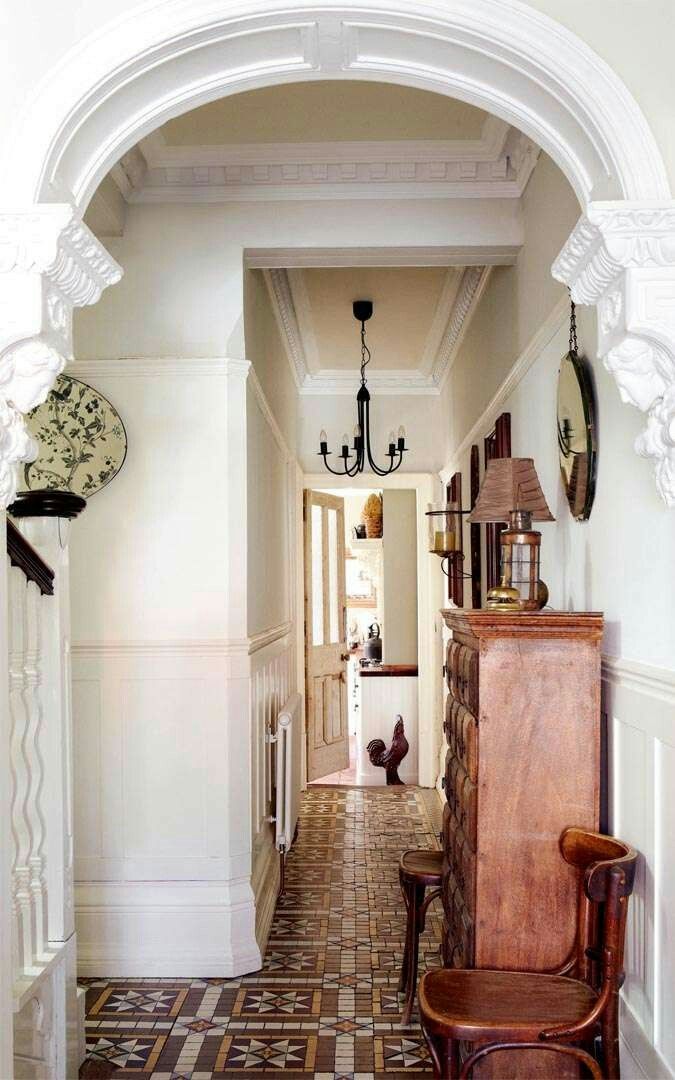 So, in 1931, working on the McGraw Hill Building project, R. Hood already combines neoarchaic concession with a modernist lack of decor. At 1932 Hood solves the abstract form of the Rockefeller Center ledge slab with flattened blades a la Babylonian ziggurats. Soviet architects thought in a similar way: in 1934, Iofan, working on the project of the Palace of Soviets, turned to the image of a ribbed, telescopic Tower of Babel. The common historical heritage captivated architects on both sides of the ocean. It was interstyle monuments and movements that were the most popular and successful in the 1920s and 1930s; this was the case in Europe (Italy), the USSR and the USA. The compromise between tradition and innovation was able to satisfy the majority. nine0004
So, in 1931, working on the McGraw Hill Building project, R. Hood already combines neoarchaic concession with a modernist lack of decor. At 1932 Hood solves the abstract form of the Rockefeller Center ledge slab with flattened blades a la Babylonian ziggurats. Soviet architects thought in a similar way: in 1934, Iofan, working on the project of the Palace of Soviets, turned to the image of a ribbed, telescopic Tower of Babel. The common historical heritage captivated architects on both sides of the ocean. It was interstyle monuments and movements that were the most popular and successful in the 1920s and 1930s; this was the case in Europe (Italy), the USSR and the USA. The compromise between tradition and innovation was able to satisfy the majority. nine0004 A feature of American architecture at the turn of the 1920s and 1930s is the rapid change in style sources and interpretations. Stylistically different were the buildings of the authors of the most notable high-rise buildings in New York and Chicago.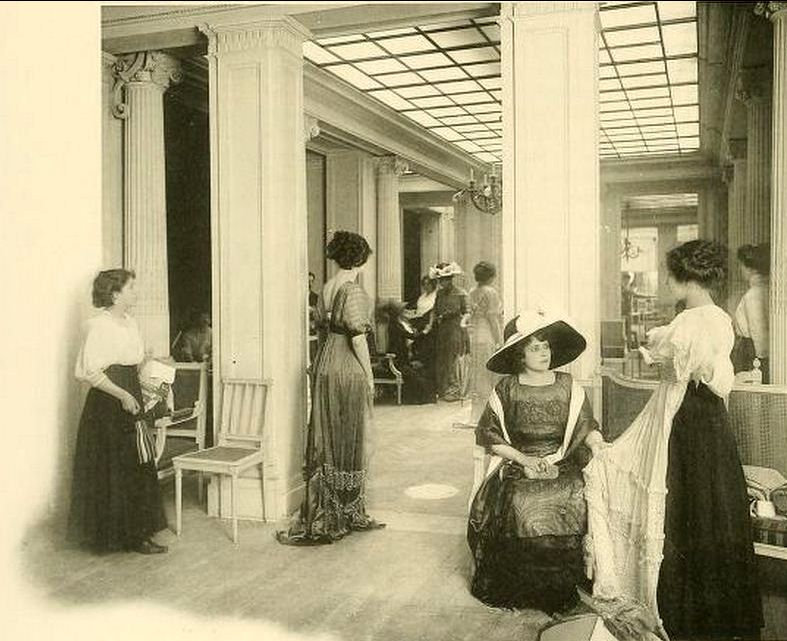 An example is the work of a number of masters, in particular, V. Allschlager, J. Carpenter, F. Crete, K. Severens, R. Hood and others. and the Shakespeare Library in Washington, in 1935 he erects the Art Institute in Detroit in the neoclassical style, the Federal Reserve Building in Washington - at the junction of styles. Similar stylistic variability was observed in the first half of the 1930s and in the USSR. The leaders of Soviet architecture, for well-known reasons, were forced to change the style of their projects two or three times.
An example is the work of a number of masters, in particular, V. Allschlager, J. Carpenter, F. Crete, K. Severens, R. Hood and others. and the Shakespeare Library in Washington, in 1935 he erects the Art Institute in Detroit in the neoclassical style, the Federal Reserve Building in Washington - at the junction of styles. Similar stylistic variability was observed in the first half of the 1930s and in the USSR. The leaders of Soviet architecture, for well-known reasons, were forced to change the style of their projects two or three times.
In the United States at the turn of the 1920s and 1930s, two waves of style changes were rapidly replacing each other. The first wave was associated with the rejection of methods of historicism and the development of a new exquisite architectural fashion. The second wave, caused by the beginning of the Great Depression, required the masters to look for art deco forms already in the years of economy and a kind of approach to the aesthetics of modernism.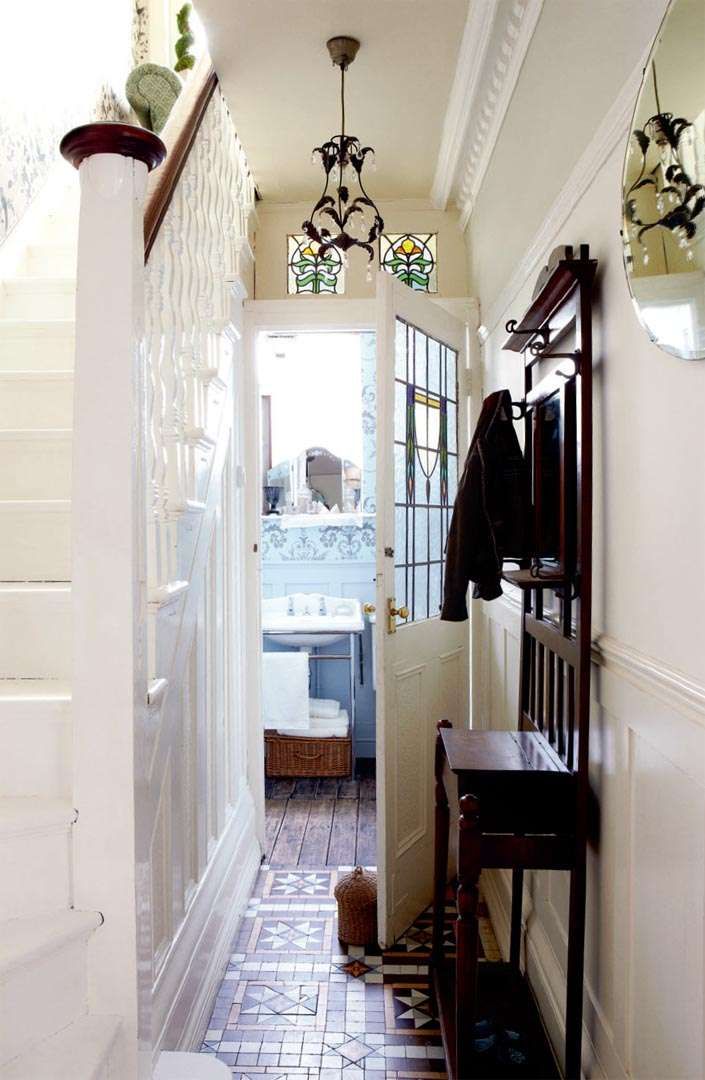 The financial crisis that struck on October 1929, gradually increased the pressure on the architectural industry. However, the most fruitful were two years - 1929 and 1930, when about half of the Art Deco monuments were designed in New York (more than 70 of those completed from 1923 to 1939). [17, pp. 83-88] The intensity of construction increases several times, and only by 1932 the construction of skyscrapers almost completely stops.
The financial crisis that struck on October 1929, gradually increased the pressure on the architectural industry. However, the most fruitful were two years - 1929 and 1930, when about half of the Art Deco monuments were designed in New York (more than 70 of those completed from 1923 to 1939). [17, pp. 83-88] The intensity of construction increases several times, and only by 1932 the construction of skyscrapers almost completely stops.
Art Deco America risked repeating the fate of J. Hoffman's "Viennese Workshops", which went bankrupt in 1932 [8, p. 88]In the 1930s, the "Public Works Administration" began to send orders to masters of both neoclassical and art deco. And it was during these years that the neoclassical ensemble of the US capital, Washington, was realized.
The master plan for Washington, which included the construction of government offices around the White House and the Capitol building, was conceived before the First World War. However, it was already implemented mainly only in the 1930s, when more than 20 objects were built on two sides of the wide green boulevard, Mall (and only four of them can be attributed to Art Deco).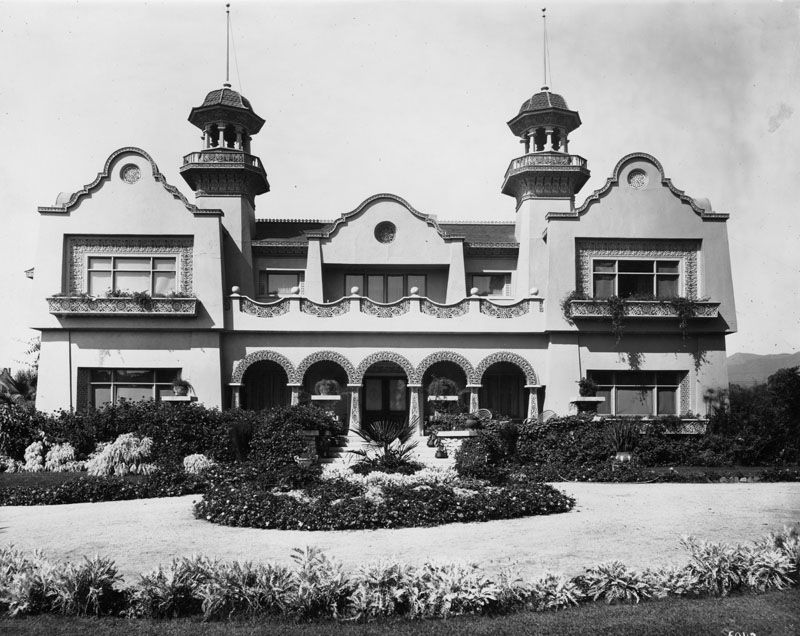 [8] Various cases of the so-called. Federal triangle, which formed a single ensemble here, were all based on the facade theme of Mellon's building (A. Brown, 1932) - it was a monumental Palladianism, dating back to the British neoclassicism of the 1900s. And it was this architecture, decided by rustication and the Tuscan order, that turned out to be close to the Soviet neoclassicism of the 1940s-1950s. [9]
[8] Various cases of the so-called. Federal triangle, which formed a single ensemble here, were all based on the facade theme of Mellon's building (A. Brown, 1932) - it was a monumental Palladianism, dating back to the British neoclassicism of the 1900s. And it was this architecture, decided by rustication and the Tuscan order, that turned out to be close to the Soviet neoclassicism of the 1940s-1950s. [9]
The rivalry of various trends - neoclassical and "ribbed style" (art deco) - in the early 1930s was observed both in the USSR and in the USA. It would seem that during these years the architecture of the two countries demonstrated facade techniques similar in style: such were the works of Friedman and Iofan, Hood and Holabert, Zholtovsky and the builders of Washington. [10] However, this was only a short-term coincidence, the intersection of trends opposite in sign. At 19The 1930s historicism in the USA will gradually give way to the Art Deco stylistic initiative. In the USSR, decorativeness gained more and more weight and reached its climax in the triumphant post-war architecture.
The rapid change in style sources observed in the 1930s both in the USSR and in the USA was, of course, caused by different reasons. In Moscow, stylistic development was determined by the state order, while in New York, the diversity of Art Deco forms reflected the struggle for originality between private customers and the free rivalry of highly gifted masters. The stylistic variability in the United States was the result of a brilliant command of several architectural languages, the divergent style preferences of the customer and their rapid reorientation to Art Deco aesthetics. With its advent, the artistic experience of historicism turned out to be secondary, the masters were fascinated by the experiment, a powerful wave of a new style, the sources of which were the discoveries of early Art Deco 1910s and the innovative potential of the archaic. Such was the plastic and compositional retrospectiveness of the era of the 1920s and 1930s.
The complexity of the analysis of American architecture at the turn of the 1920-1930s.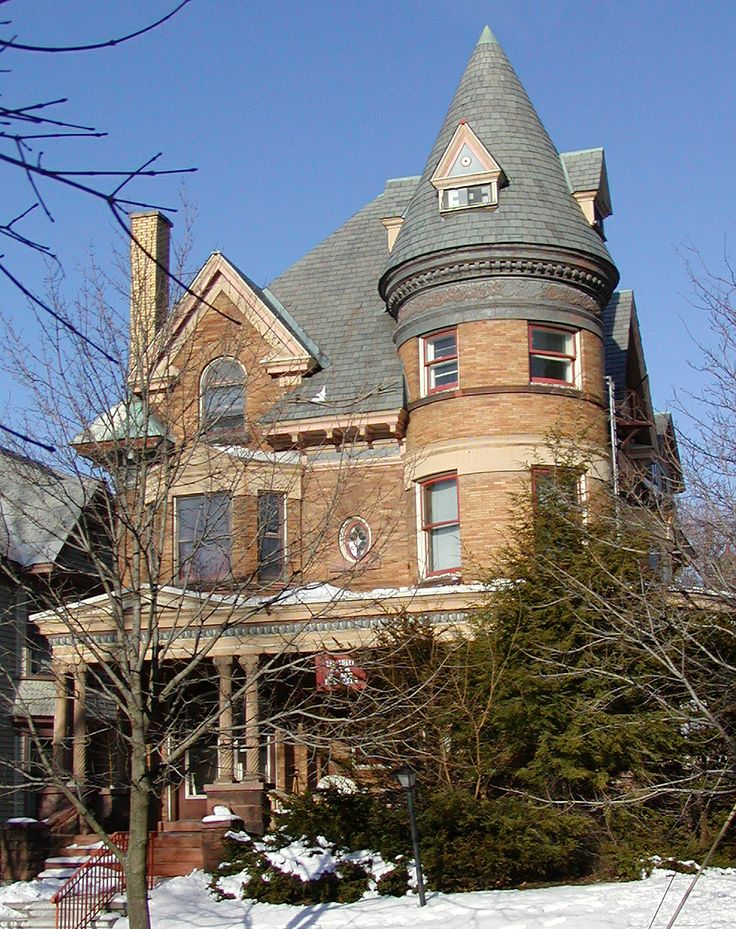 consists in the parallel development of several trends, in their dominance over the personal style of the master, as well as in stylistic variability, which made it possible to work decoratively or ascetically, in neoclassical (historicism) or art deco. Thus, an amazing architectural success of Chicago was the town-planning junction on Michigan Avenue, in the period 1922-1929 assembled a crown of eight skyscrapers representing different versions of historicism and art deco. [11] However, how to structure the diversity of this culture? It seems that American architecture of the 1920s-1930s can be divided into five groups: neoclassical, neogothic, neoarchaic, avant-garde or fantasy component could dominate the work, or form an equally interesting inter-style fusion.
consists in the parallel development of several trends, in their dominance over the personal style of the master, as well as in stylistic variability, which made it possible to work decoratively or ascetically, in neoclassical (historicism) or art deco. Thus, an amazing architectural success of Chicago was the town-planning junction on Michigan Avenue, in the period 1922-1929 assembled a crown of eight skyscrapers representing different versions of historicism and art deco. [11] However, how to structure the diversity of this culture? It seems that American architecture of the 1920s-1930s can be divided into five groups: neoclassical, neogothic, neoarchaic, avant-garde or fantasy component could dominate the work, or form an equally interesting inter-style fusion.
And for the first time, this stylistic diversity is characteristic of American architecture at the turn of the 19th century.20-1930s, was demonstrated at the Chicago Tribune competition in 1922. It was the competition that broke the monopoly of historicism and, even before the 1925 exhibition in Paris, showed possible options for solving a skyscraper, both retrospective and interpreted in art deco.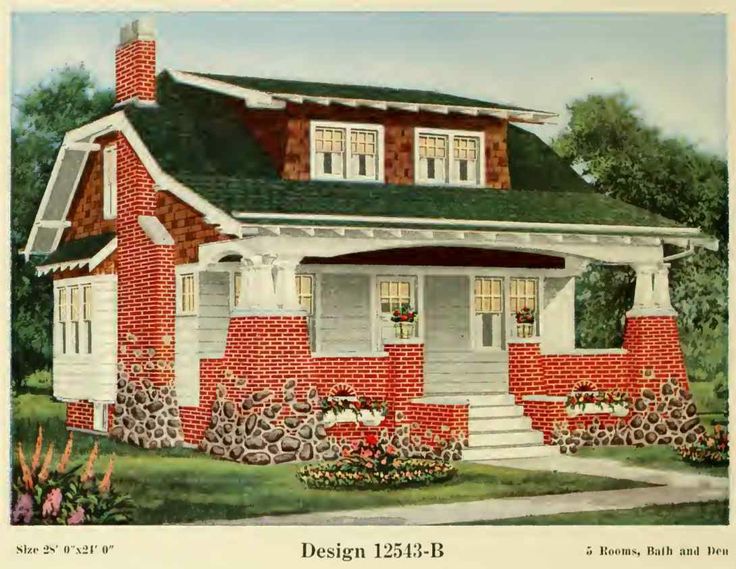 Neoclassical and avant-garde, graceful neo-gothic and monumental neo-romanic, as well as ribbed and diverse options, clearly declaring the art deco style, coexisted at the competition. In 1923 Raymond Hood's version of the Chicago Tribune was made in authentic Neo-Gothic. [12] However, the aesthetic victory, as it is now obvious, was won by the competition project of Eliel Saarinen (1922). Moreover, having previously worked on the design of the railway station in Helsinki (1910), the Finnish master has already taken a decisive step from retrospection to innovation, from historicism to a new style.
Neoclassical and avant-garde, graceful neo-gothic and monumental neo-romanic, as well as ribbed and diverse options, clearly declaring the art deco style, coexisted at the competition. In 1923 Raymond Hood's version of the Chicago Tribune was made in authentic Neo-Gothic. [12] However, the aesthetic victory, as it is now obvious, was won by the competition project of Eliel Saarinen (1922). Moreover, having previously worked on the design of the railway station in Helsinki (1910), the Finnish master has already taken a decisive step from retrospection to innovation, from historicism to a new style.
E. Saarinen's competition design for the Chicago Tribune building (1922) was the most important event in the evolution of American Art Deco, it was he who first combined neo-Gothic ribbing with neo-Aztec ledges. And after the competition, Hood began to work differently, in 1924 in New York he created an art deco masterpiece - the American Radiator Building. It became the first embodiment of architectural form transformation available to New York architects.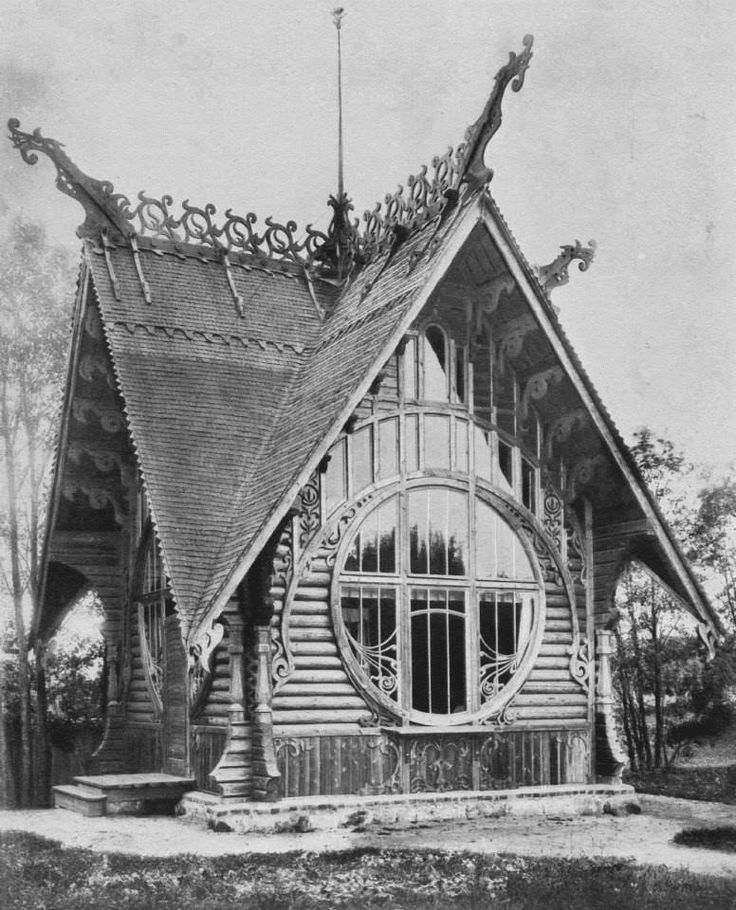 It was a rejection of the authentic reproduction of motifs (in this case, Gothic), and at the same time a new understanding of tradition. The aesthetics of geometrized historicism (Art Deco) was presented. nine0004
It was a rejection of the authentic reproduction of motifs (in this case, Gothic), and at the same time a new understanding of tradition. The aesthetics of geometrized historicism (Art Deco) was presented. nine0004
In the ribbed-ledged, neo-archaic aesthetics of E. Saarinen, H. Corbett and H. Ferris, more than 40 towers were built in America at the turn of the 1920s and 1930s. However, none of them was entrusted to Saarinen. Other architects came closest to this style. In 1931, the City Bank Farmers Trust Building (J. and E. Cross) and the Irving Trust Building were erected in Downtown New York, designed with flutes and fancy, finely drawn reliefs (R. Walker). The Morgan Chase Building in Houston became a masterpiece of Neo-Gothic Art Deco (J. Carpenter, 1929). The transformation of Gothic stone gargoyles into famous steel birds on the façade of the Chrysler Building (1930) became a symbol of stylistic transformation, "Ardecoization" of the architectural form of the 1920s and 30s.
The construction of the Chrysler Building skyscraper, which opened on May 27, 1930, was the culmination of the race for high-rise buildings, luxury and originality of forms of the Art Deco era. [13] The spiky end of the Chrysler Building combined a variety of motifs: historical, medieval and contemporary, New York images (tiara of the Statue of Liberty) and French ones - the Gate of Glory at Exhibition 1925 in Paris (A. Ventre, E. Brandt). However, the most important, shaping factor, it seems, was the height of the building, or rather a new ambitious task - to create the tallest structure built by man and, thereby, surpass Europe, the 300-meter Eiffel Tower. This is what prompted the author, architect William Van Alen, and the design solution - a cascade of decreasing arched trusses that formed the famous triangular windows on the facade. This similarity of the frame with the creation of Gustave Eiffel was especially noticeable at the stage before the installation of the steel cladding of the completion of the tower. Dictated by constructive and functional logic (altitude record mania), this decision is perceived simultaneously as a decorative motif. After all, it was Art Deco that actively used various zigzag and pointed forms, and the Chrysler Building is the most famous example of this hobby.
[13] The spiky end of the Chrysler Building combined a variety of motifs: historical, medieval and contemporary, New York images (tiara of the Statue of Liberty) and French ones - the Gate of Glory at Exhibition 1925 in Paris (A. Ventre, E. Brandt). However, the most important, shaping factor, it seems, was the height of the building, or rather a new ambitious task - to create the tallest structure built by man and, thereby, surpass Europe, the 300-meter Eiffel Tower. This is what prompted the author, architect William Van Alen, and the design solution - a cascade of decreasing arched trusses that formed the famous triangular windows on the facade. This similarity of the frame with the creation of Gustave Eiffel was especially noticeable at the stage before the installation of the steel cladding of the completion of the tower. Dictated by constructive and functional logic (altitude record mania), this decision is perceived simultaneously as a decorative motif. After all, it was Art Deco that actively used various zigzag and pointed forms, and the Chrysler Building is the most famous example of this hobby.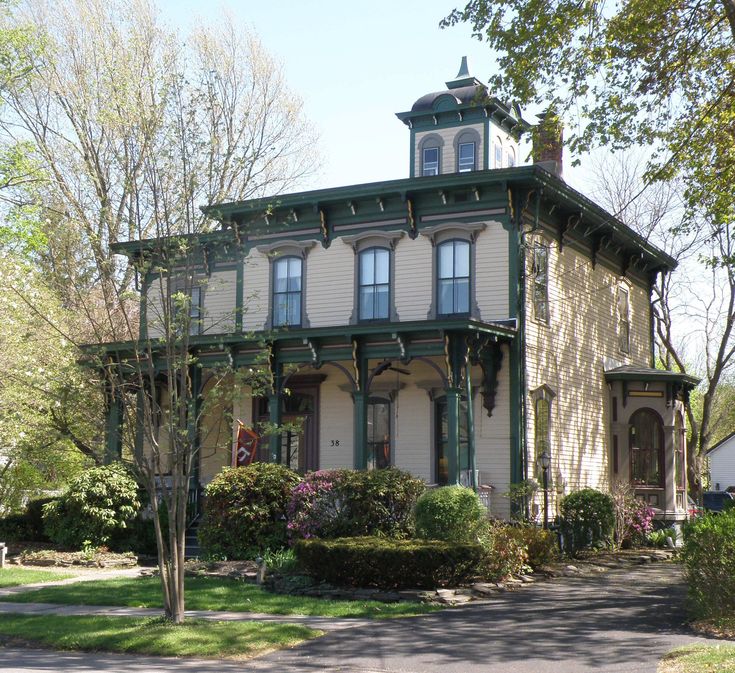 nine0004
nine0004
Art Deco style became synonymous with luxury, variety and contradictions, it did not at all resemble the classic, old styles. Its development did not last for centuries, only five to seven years became key, and already in October 1929 the crash on the stock exchanges marked the beginning of the Great Depression. However, at the end of its development, the Art Deco style gave the world its highest achievement - the Chrysler Building, this Parthenon of the twentieth century.
Thus, the evolution of American Art Deco in the 1920s-1930s. appears as a rapid change of vector - from the ultimate complexity to the asceticization of the architectural form. In just five to seven years, architectural fashion has gone from a fascination with an exquisite decorative style, oriented at the end of the 1920s on the current and historical heritage - to the search for forms of simplification already in the conditions of the economic downturn of the early 1930s. During these years, only the neoclassical ensemble of Washington continues to be actively built.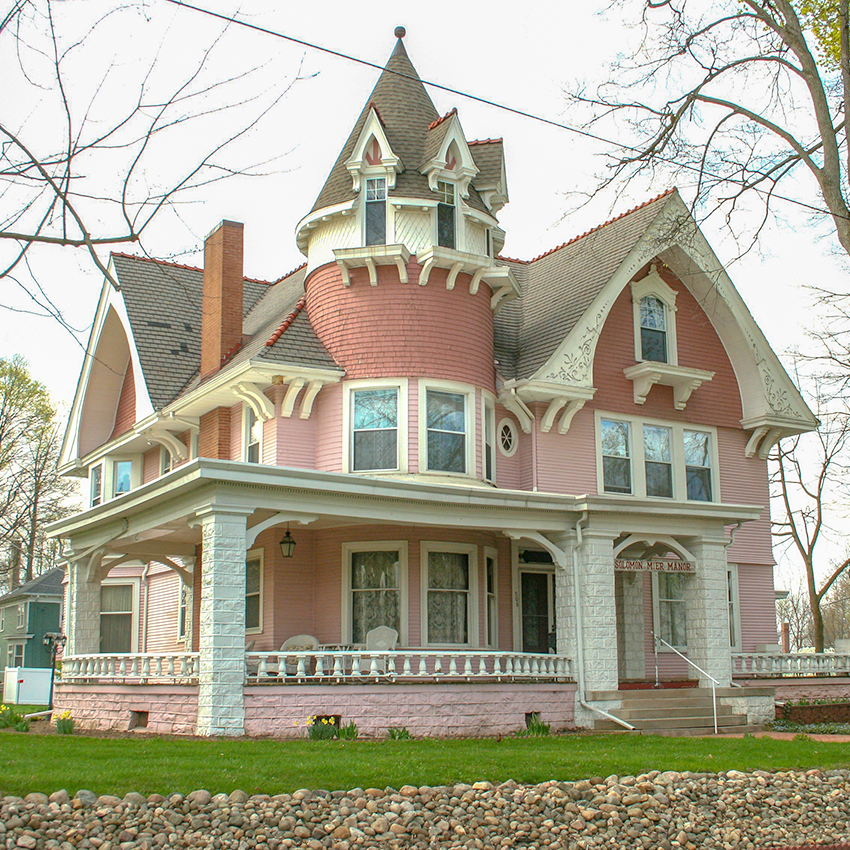 However, after the Second World War, both directions of the 1910-1930s were already losing artistic leadership to the international style, modernism.
However, after the Second World War, both directions of the 1910-1930s were already losing artistic leadership to the international style, modernism.
Literature
- Barkhin A.D. Ribbed style of the Palace of Soviets B.M. Iofana and neo-archaism in architecture of the 1920s and 30s. // Academy. Architecture and construction. 2016, No. 3. - S. 56-65. nine0337
- Zueva P.P. American skyscraper / Art. First of September, M.: 2011, No. 12. – P. 5-7
- Malinina T.G. History and modern problems of studying the Art Deco style. // Art of the era of modernism. Art Deco style. 1910-1940 / Collection of articles based on the materials of the scientific conference of the Scientific Research Institute of the Russian Academy of Arts. Rep. ed. T.G. Malinin. M.: Pinakothek. 2009. - P.12-28
- Filicheva N.V. Art Deco style: the problem of interpretation in the context of the culture of the twentieth century. Bulletin of the Leningrad State University. A.S. Pushkin, 2010 - 2 (2), 202-210.
 nine0337
nine0337 - Hayet E. Vienna Workshops: from Art Nouveau to Art Deco // Modernist Art: Art Deco Style. 1910–1940s. – Moscow, 2009. – P.83-88
- Khait V.L. "Art Deco: Genesis and Tradition" // About architecture, its history and problems. Collection of scientific articles / Foreword. A.P. Kudryavtsev. - M.: Editorial URSS, 2003. - S. 201-225.
- Hillier B. Art Deco style / Hillier B. Escritt S. - M.: Art - XXI century, 2005 - 240 p.
- Shevlyakov M. The Great Depression. The pattern of disaster. nineteen29-1942 - M. Fifth Rome, 2016 - 240 p.
- Bayer P. Art Deco Architecture. London: Thames & Hudson Ltd, 1992. - 224 p.
- Benton C. Art Deco 1910-1939 / Benton C. Benton T., Wood G. - Bulfinch, 2003. - 464 p.
- Bouillon J. P. Art Deco 1903-1940 - NY.: Rizzoli, 1989 - 270 p.
- Holliday K. E. Ralph Walker: Architect of the Century. – Rizzoli, 2012 – 159 p.
- Lesieutre A. The Spirit and Splendour of Art Deco Hardcover, – Castle Books.
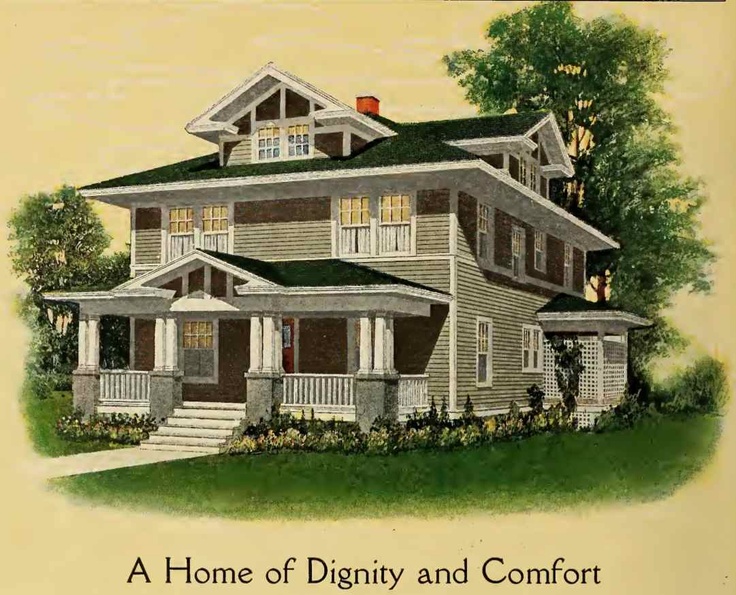 1974 - 304 p. nine0337
1974 - 304 p. nine0337 - Stern R.A.M. New York 1930: Architecture and Urbanism Between the Two World Wars / Stern R.A.M. Gilmartin G. F. Mellins T. - NY.: Rizzoli, 1994. - 846 p.
- Robinson C. Skyscraper Style: Art Deco New York / Robinson C. Haag Bletter R. - NY.: Oxford University Press, 1975. - 224 p.
- Weber E. American Art Deco. - JG Press, 2004. - 110 p.
[1] At the turn of the 1920s and 1930s, the classical order was replaced by fluted pilasters, elongated, narrow ribs and pointed, neo-Gothic forms. These techniques are intended to generalize the term "ribbed style", considered as a commonality of architectural techniques of a group of projects and buildings in the USSR and the USA. Ribbedness, along with ledges and flattened reliefs, became one of the main architectural techniques of high-rise buildings of the Art Deco era. For more information about the "ribbed style", see the author's article [1, pp.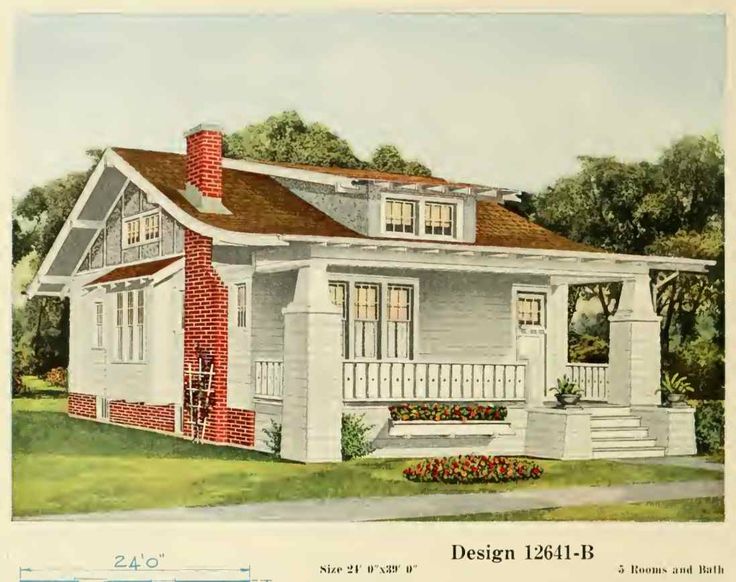 56-65]
56-65]
[2] Thus, not only the creators of the Washington neoclassicism, but also the famous masters of art deco, in particular, V. Van Allen, author of the Chrysler Building, J. Cross, author of the General Electric Building, and R. Hood, author of the Rockefeller Center.
[3] The Lincoln Memorial (H. Bacon, 1915), the US Supreme Court Building (K. Gilbert, 1935) and the buildings of the architectural firm of Russell Pope - the building of the National Archives (1935) and the Jefferson Memorial (1939).
[4] These are the pavilions of exhibitions in Paris designed with an elongated antler order without bases and capitals - the Ch. Museum of Modern Art and Museum of Public Works (O. Perret, 1937). The first object to use a geometrized order in Paris was also the work of O. Perret - the famous theater on the Champs Elysees (1913).
[5] Created at the intersection of neoclassical and art deco, order 19In the 1930s, he developed the innovations of the 1910s - the ant order of the dance hall in Hellerau (architect G.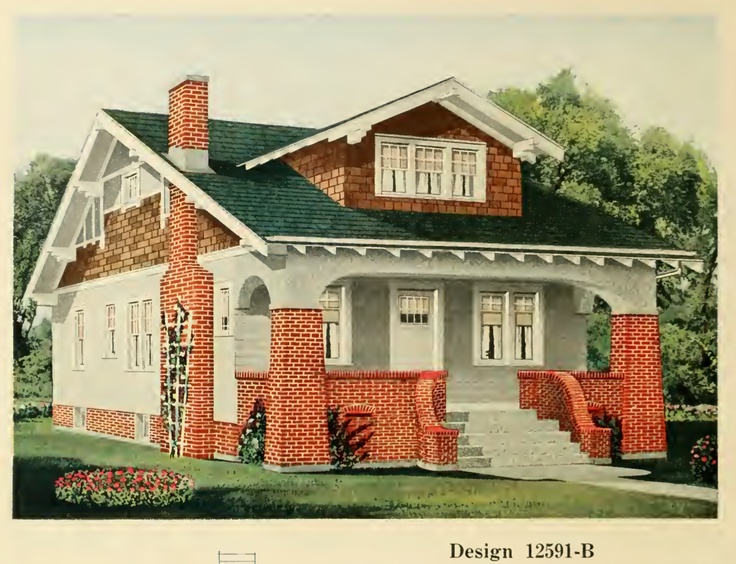 Tessenov, 1910), the building of the German Embassy in St. 1913, pavilions in Rome, 1911 and Cologne, 1914). The geometrical order of the 1910-1930s, elongated and already devoid of bases and capitals, went back not so much to the Greco-Roman tradition, but rather to the archaic, the asceticism of the ancient Egyptian temple of Hatshepsut, the flattened fluted shoulder blades of the temples of Persipolis, Babylon, Egypt, and also exceptional in its aesthetics of the Roman tomb of the Baker Eurysacs (1st century BC). nine0004
Tessenov, 1910), the building of the German Embassy in St. 1913, pavilions in Rome, 1911 and Cologne, 1914). The geometrical order of the 1910-1930s, elongated and already devoid of bases and capitals, went back not so much to the Greco-Roman tradition, but rather to the archaic, the asceticism of the ancient Egyptian temple of Hatshepsut, the flattened fluted shoulder blades of the temples of Persipolis, Babylon, Egypt, and also exceptional in its aesthetics of the Roman tomb of the Baker Eurysacs (1st century BC). nine0004
[6] This was the difference between I.V. Zholtovsky in Moscow or the Washington buildings of R. Pope, numerous objects of the company McKim, Mead and White - from the German pavilion at the Paris exhibition in 1937 (A. Speer), whose style has become a symbol of totalitarian architecture.
[7] In 1929, the architect V. Ahlschlager erected the luxurious Inter Continental Hotel in Chicago, and neoarchaic motifs and the development of contemporary plastic techniques are evident in its decoration - the Saarinen towers implemented in Finland and the Berlage stock exchange in Amsterdam.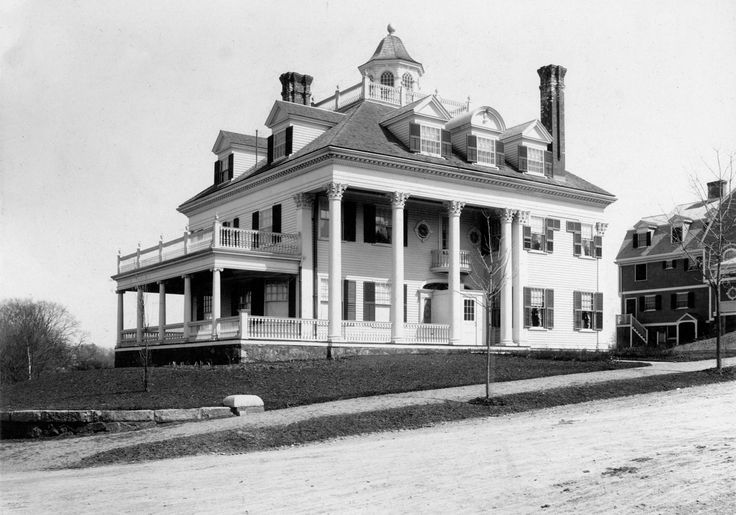 However, in those same years, Alschlager worked quite ascetically, at 19On the 30th, he creates the Carew Tower in Cincinnati.
However, in those same years, Alschlager worked quite ascetically, at 19On the 30th, he creates the Carew Tower in Cincinnati.
[8] The Shakespeare Library building (F. Crete, 1929) and the neighboring John Adams Building (D. Lean, 1939), decorated with neo-archaic reliefs by Lee Lowry, can be attributed to the number of pronounced examples of the Art Deco style in Washington. At the junction of styles, the Federal Reserve Building (F. Kret, 1935) and the ascetic works of L. Simon, first of all, the building of the Bureau of Engraving and Printing (1938), were created.
[9] Thus, the neoclassical facades of the grand Hoover building (L. Ayres, 1932) and the semicircular building of Clinton (V. Delano, C. Aldrich, 1934) turned out to be stylistically close to the Soviet post-war architecture - the residential development of Leningrad in the area of Bolshoi pr. P.S., Bolshaya Pushkarskaya st. and the building of the Naval Academy, as well as the works of A.V. Vlasov on Khreshchatyk in Kyiv and others.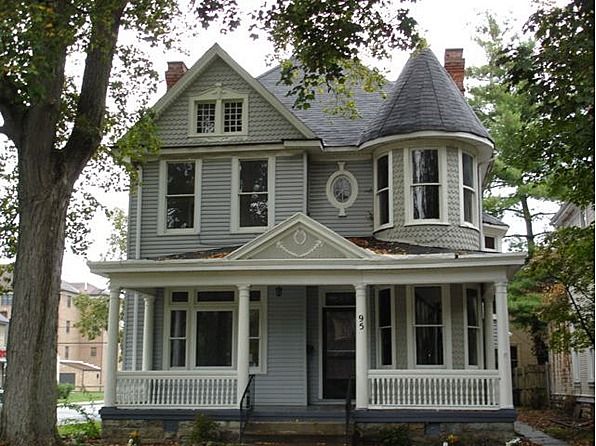 And the main rival and prototype for the domestic neoclassicism and the works of I.V. Zholtovsky were, it seems, the buildings of the company "Mac Kim, Mid and White", building 1910's on Park Avenue in New York and the Washington Ensemble. A similar approach was demonstrated by the architecture of Moscow high-rise buildings. The high-rise building of Moscow State University (240 m) was the answer to the neoclassical skyscraper Terminal Tower in Cleveland (235 m, 1926), the MFA building surpassed neo-Gothic towers in height - the Morgan Chase Building in Housten and the Fisher Building in Detroit.
And the main rival and prototype for the domestic neoclassicism and the works of I.V. Zholtovsky were, it seems, the buildings of the company "Mac Kim, Mid and White", building 1910's on Park Avenue in New York and the Washington Ensemble. A similar approach was demonstrated by the architecture of Moscow high-rise buildings. The high-rise building of Moscow State University (240 m) was the answer to the neoclassical skyscraper Terminal Tower in Cleveland (235 m, 1926), the MFA building surpassed neo-Gothic towers in height - the Morgan Chase Building in Housten and the Fisher Building in Detroit.
[11] This ensemble in Chicago was formed by the Wrigley Building (1922) in the style of the castles of the Loire, the London Guaranty and Exceedant Building (1922) and the Pew Oil Building (1927) in neoclassicism, the Chicago Tribune building (R. Hood, 1923) and Mater Tower (1926) in neo-Gothic, as well as 330 Michigan Avenue (1928), the Carbon Building (1929) and the Inter Continental Hotel (1929) in Ar- deco.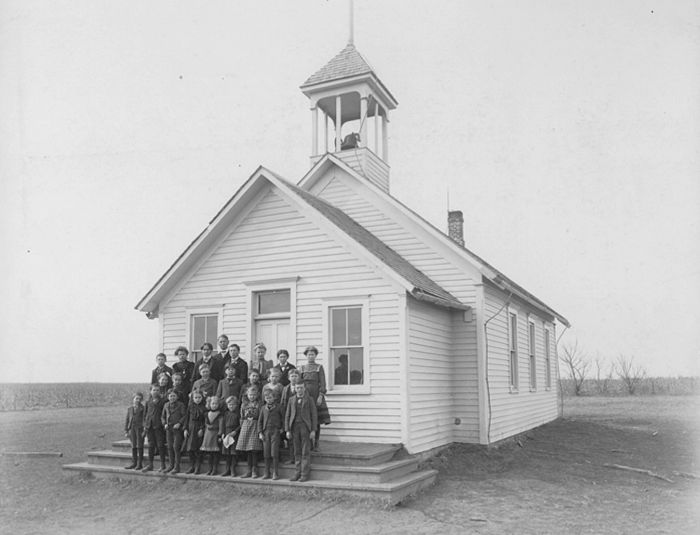
[12] American non-participation in the exhibition in Paris in 1925 was associated with such conservatism - the US organizers found the requirements of modernity and national design identity unrealistic for themselves. “Imitations and counterfeits of the old styles are strictly prohibited,” was the demand sent at 1921 to future exhibitors. [13, p. 178; 10, pp. 27, 59]
[13] The construction of the Chrysler Building (1929-1930) took place in New York at the most interesting period in the history of skyscrapers. And initially, the height of the Chrysler Building was supposed to be only 246 m, this made it possible to surpass the long-term champion - the Woolworth Building (1913, 241 m). However, at the beginning of 1929, the designers of the Bank of Manhattan joined the "race for the sky", who first declared a height of 256 m, and then (having learned about the new design height of the Chrysler Building at 280 m) further increased the mark of their spire to 283 m. However, the creators The Chrysler Building was not going to give up altitude superiority.